|
There is a rumor circulating that I’ve been having an ongoing love affair with Sicily. I must confess it is true and it can be confirmed by all the stories I’ve written about this magical island throughout the past several years. The wines of Sicily never cease to impress me. And the fiery passion and pride of the vineyard owners and winemakers are awe-inspiring. Sicily is the second-largest wine-producing region in Italy with Puglia being first. However, Sicily takes first place for the actual number of vineyards in a region and with so many wineries spread throughout the island, exploration is endless. Since travel is on the back burner for now, my visits to Sicily for the foreseeable future will be through the amazing wine samples that I receive. My latest wine delivery is Mandrarossa, a brand created by Cantine Settesoli located in Menfi, on the southwestern side of the island. Cantine Settesoli was founded in 1958 and is the largest winery in Sicily. It is a source of ongoing research and innovative ideas. I had the pleasure of visiting the estate and tasting an array of wines from their portfolio a few years ago. However, I didn’t have a chance to taste Mandrarossa wines. So, I was quite excited to open these bottles. Mandrarossa is Settesoli’s top brand and it emerged in 1999 after an ambitious team of industry experts got together and spent over 20 years in a mission to create high-quality wines of both indigenous and international varieties from Sicily. Their goal was to “produce wines that represent the true essence of the territories they come from.” They spent years studying soils and microclimatic conditions that eventually led to identifying top estates (the ideal habitat) with the best variety/terroir combinations for allowing each grape variety to fully express its potential. “Since 2014 an international team of agronomists and soil experts, together with Mandrarossa enologists, have carried out a scientific study on limestone soils and this has defined them a micro-region with a high-quality potential. The mapping of these soils has revealed wonderful vineyards where it is possible to grow local grapes generating wines such as “Bertolino Soprano” and “Terre del Sommacco”, the new wines of Mandrarossa Contrada.” Mandrarossa vineyards stretch across these limestone soils on intense sun-soaked slopes with cool sea breezes. These factors contribute to the authentic expression of the terroir. Grillo (white) and Nero d’Avola, (red) are indigenous grapes of Sicily. Nero d’Avola (Calabrese) is considered the number one Sicilian red and has been enjoyed since the end of the 17th century. It is one of the oldest indigenous grapes of Sicily and the most widely planted red variety. Nero d’Avola fills approximately 18% of vineyards. Grillo, one of Sicily’s best-known grapes, is found throughout western Sicily and is noted for its citrus flavors, sweetness and mild acidity. Due to the grape’s high sugar levels, it is ideal for the production of fortified wines. Historically, Grillo was used in the production of Marsala wine but Catarratto has now taken the lead. And due to the innovation of new winemakers, Grillo has a wide range of styles, from crisp and savory, to structured and mature. It is interesting to note that in 1848 Grillo became a hybrid of Zbibbo and Catarratto. Bertolino Soprano Grillo Sicilia DOC 2017 The grapes for this 100% Grillo are sourced from vineyards along the southwest facing hills of Menfi at 482 feet above sea level. Sea breezes and limestone soils contribute to the character and uniqueness of this wine. After fermentation, the wine ages for one month in steel and concrete vats. Further aging of 11 months takes place in large oak barrels. Engaging aromas of floral, stone fruit and delicate citrus notes set the stage for this crisp, fruit-driven wine. The palate offers fresh stone fruit with an emphasis on peach, including notes of citrus and minerality. It has a lengthy finish with a lingering touch of lemon and peach. Enjoy as an aperitif or pair with appetizers, grilled fish, light pasta and vegetables. Alcohol: 12.5% SRP: $42.99 Terre Del Sommacco Sicilia DOC 2016 This is 100% Nero d’Avola with grapes sourced from limestone vineyards along the southwest facing hills of Menfi, 1,017 feet above sea level. This wine is aged for eight months in steel and concrete vats followed by 19 months in large barrels. A minimum of eight months is spent in bottle before release. On the nose, it is very aromatic with dark fruit, black cherry, baking spice and a hint of herbs. The palate is layered with juicy ripe berries, plum, black cherry, spice and a touch of earth. This is nicely structured with fine tannins and refreshing acidity. It will pair beautifully with roasted meat, game, stews and seared tuna. Alcohol: 14% SRP: $49.99 Both wines are a beautiful expression of the wine-growing area of southwestern Sicily. Curious as to how the pandemic and global warming may have impacted production, Filippo Buttafuoco, chief agronomist at Mandrarossa responded to my inquiry. “In Sicily, we haven’t faced major problems with global warming. We are fortunate to have a regular climatic trend and fresh sea breezes that ensure minerality, freshness and correct development of the grapes’ production.” “COVID-19 has had no real effects on the vineyards; nature has not stopped. Our winegrowers continue to take care of the plants and in about 20 days we will start a harvest that promises to be extraordinary.” As you can see by the photo, all precautions are taken and masks are mandatory, even in the vineyards. I look forward to the day that I’m allowed to travel again. I can’t wait to return to Sicily and be swept away by this captivating island!
Until next time… Cheers! Penina To leave a comment or if you have an inquiry, please contact me at [email protected] Patricia Tóth was born and raised in Hungary, but when it comes to making wines, she is pure Sicilian! Patricia is head winemaker at Planeta, where she specializes in wines from the volcanic terroir of Etna. I had the pleasure of meeting Patricia at a Winemaker’s Luncheon a few weeks ago to discuss and taste the wines of Etna. Patricia is quite engaging and her enthusiasm and passion for winemaking are contagious. Patricia told us that she always wanted to be a veterinarian, but fortunately for wine enthusiasts, her love of science took her down another path. She said, “I applied my interest in microbiology and decided to study Food Sciences at the university.” Patricia earned a degree in Food Engineering with a specialty in Procedures of the Fermentation Industry (wine and spirit fermentation) from the Corvinus University of Budapest in 2004. After graduation, she traveled between Italy and Hungary working as a winemaker for wineries in Hungary, Friuli and Piemonte. Her first connection with Planeta was during the 2005 harvest. She officially joined Planeta’s winemaking team full time in 2009. Patricia has been living on Etna for the past six years where in her spare time she cares for her own four-acre vineyard, growing only white varieties such as Furmint and Riesling. However, as head winemaker at Planeta, Patricia’s days are quite full, not allowing much time for idle hours. She is in charge of production and startup for the organization of the new estates on Mount Etna and Capo Milazzo. Patricia is also responsible for the Buonivini and Dorilli Cellars and all the sustainable farming projects. Impressive, right? Planeta was founded in 1985, but its family history of agriculture and winemaking in Sicily spans five centuries and seventeen generations. As seen on the map below, Planeta has five estates spread out from east to west in Sicily. The first vines were planted at Ulmo in 1985 and by 2015 they established their 6th winery, La Baronia at Capo Milazzo. Mount Etna is located on the northeastern corner of Sicily. Planeta has 32 hectares here of which 28 hectares of vines are in production. The vineyards are located on 4 different slopes, each with a different altitude. The volcanic soil is rich in stones and minerals but can vary in quantity, dimension and soil depth on the different terraces. Patricia said, “Etna is a map of eruptions as pertains to soil and grapes.” As one ascends the mountain the volcanic soil tends to get richer and darker from the lava flow. Temperatures vary from one area of the volcano to another, with Alpine conditions at the top and typical Mediterranean climate descending the mountain. An active volcano that provides black volcanic soil along with cool climate growing conditions and plenty of sunshine makes Etna an ideal location for making crisp white and racy red wines. I asked Patricia if living and working on an active volcano was worrisome. Patricia said, “We are happier when there are small eruptions as opposed to being silent. If it were silent then the pressure would start to build and that is not good.” Planeta planted their first vineyard on Etna in 2008, located on the north side. The first grapes they planted were Nerello and Carricante vines. We tasted through seven wines during a six-course meal of Japanese cuisine. All the wines paired beautifully with the meal. Brut Metodo Classico Sicilia DOC NV is made with 100% Carricante, handpicked from their highest vineyard, Sciaranuova at 850 meters above sea level. Lovely floral and citrus aromas segue to a delicate palate of subtle fruit, citrus, green apple and stone fruit. This is a dry wine with a creamy mouthfeel. Alcohol: 12.5% SRP: $39.99 Etna Bianco DOC 2017 is 100% Carricante handpicked from the Montelaguardia vineyard at 690 -720 meters above sea level. Aromas of white flowers, citrus, and stone fruit give way to a juicy palate of stone fruit, yellow plum and a nice expression of acidity. Alcohol: 13% SRP: $30.99 Eruzione 1614 Carricante Sicilia DOC 2016 is 90% Carricante and 10% Riesling. The grapes are sourced from the Sciaranuova vineyard. Patricia noted, “The Carricante is more compact and sharp at the higher elevation.” Aromas of stone fruit, citrus, honeydew and tropical notes segue onto the palate with a boost of minerality and lemon zest. Alcohol: 13% SRP: $42.99 Etna Rossa DOC 2017 is 100% Nerello Mascalese. The grapes are harvested from Pietramarina vineyard at 510 meters above sea level. Cherry, strawberry and a hint of baking spice envelope the nose while the palate offers red fruit, raspberry and pomegranate. Hints of pepper dance with floral notes on the finish. This wine is smooth and well structured. Alcohol: 14% SRP: $30.99 Eruzione 1614 Nerello Mascalese Sicilia DOC 2016 is a blend of 91% Nerello Mascalese and 9% Nerello Cappuccio. The grapes are sourced from three vineyard locations representing different altitudes. This wine has a lovely bouquet of red fruit, cherry, herbs and roses. The palate offers ripe fruit, spice, floral and hints of vanilla and pepper on the finish. Alcohol: 14% SRP: $42.99 Nocera Sicilia DOC 2017 is 100% Nocera. The grapes are handpicked from La Baronia vineyard at an altitude of 30 meters above sea level. La Baronia is on Capo Milazzo in the province of Messina, which is surrounded by the sea. This is a marine red wine with engaging aromas of red berries, juicy cherries, plum and floral. The palate offers lush fruit, a hint of herbs, smooth tannins and a dash of salinity on the finish. Alcohol: 13.5% SRP: $30.99 Mamertino DOC 2016 is a blend of 60% Nero d’Avola and 40% Nocera. The grapes are handpicked from La Baronia vineyard. Aromas of dark cherry, red fruit and sweet spice are followed by a rich expression of dark and red fruit, cherry, blackberry, dark chocolate, espresso, spice and lively tannins enveloping the palate. Alcohol: 13.5% SRP: $35.99 All of the above wines are of good quality and express the uniqueness of Etna and its dark volcanic soils. They are definitely worth exploring!
When asked how the local winemakers are receiving the “influx” of bigger wineries making a home on Etna, Patricia replied, “The local winemakers need our expertise and connections. We need their experience with the land. We impart this to one another.” And in turn, Planeta and Patricia are providing us with an opportunity to enjoy their delicious wines! Until next time… Cheers! Penina To leave a comment or if you have an inquiry, please contact me at [email protected] I made my first trip to the magical island of Sicily over a year ago where I met with winemakers, toured vineyards and tasted some fabulous wines. One of my stops along the way was Feudo Arancio which is also home to Stemmari Wines located in Sambuca di Sicilia, in the southwestern area of Sicily. In addition to vineyards in Sambuca di Sicilia, they have another estate in Acate, with a total of 700 hectares of vineyards between the two estates. Sustainable farming is practiced on both estates using solar energy, recycling water and taking a green approach to winemaking. Both indigenous and international grapes are cultivated. After the grapes are harvested (by hand and machine) they are brought to the on-site production facility in Sambuca di Sicilia for vinification where most of the winemaking is done underground, providing a natural cooling environment. Recently, Stemmari debuted an extraordinary wine called Hedonis Riserva, taking Sicily’s indigenous grape, Nero d’Avola to a new level of flavor and complexity. I had the opportunity this past week to meet one on one with the winemaker, Lucio Matricardi, Ph.D. and taste the Hedonis Riserva with him. Lucio said, “Hedonis Riserva was a 10-year project in the making. We examined and tried different ways to grow Nero d’Avola and experimented with various fermentation methods". Lucio added, “ You will taste this wine and see for yourself that it is like no other Nero d’Avola you’ve ever had”. And, he was right! Lucio explained to me that the Nero d’Avola grapes are harvested in sections. Two blocks are harvested in mid-September and undergo fermentation and maceration for 15 to18 days, and then the wine is aged in French and American oak barrels for 18 to 20 months. Another two blocks of grapes are harvested at a later date, allowing the grapes time to mature further. This selection of harvested grapes is then left out to dry on flats giving them enough time for the sugars and flavors to become more concentrated. This can take anywhere from a few weeks to several months. It is called the appassimento method. After optimum drying is reached, the grapes go through fermentation and maceration for about 15 days and then the wine is aged in stainless steel tanks for 18 to 20 months. After the aging is complete for both wines, they are blended together using 50% of the wine aged in barrels and 50% of the non-oaked wine made using the appassimento method. Hedonis Riserva is 100% Nero d’Avola. The color is deep ruby with intoxicating aromas of dark berries, plum, sweet spice, fig and hints of oak. The palate is layered with juicy berries, dark cherry, pomegranate, fennel and a touch of dried fruits. Hedonis Riserva is a beautifully balanced wine with silky tannins and a very expressive presence. This is a wine that needs no food and is easy to drink on its own. However, it will pair well with a variety of foods such as meats, stews, firm fish and cheese. Alcohol: 14% SRP: $49.00 The wine label is a whimsical depiction of the wedding of Dionysus, the ancient Greek god of wine and his bride Ariadne, the immortal princess of Crete. The wine is named for the hedonist festivities performed in Dionysus honor. My compliments to Lucio Matricardi for creating a unique Nero d’Avola wine and truly capturing the essence of Sicily.
Until next time… Cheers! Penina To leave a comment or if you have an inquiry, please contact me at [email protected] Over the past fifteen months I’ve had the opportunity to visit Sicily twice. I have experienced a breathtaking array of landscapes, sampled delicious food and savored many memorable wines from west to east and north to south. My exploration of Sicily has taken me to cities and regions such as Palermo, Mazara del Vallo, Menfi, Cammarata, Catania, Marsala and Pantelleria to name just a few. Sicily is the largest Mediterranean island surrounded by the Ionian, Tyrrhenian and the Mediterranean seas. It is also the third largest producer of wine in Italy. The only parts of the island that I have not yet explored are the southeast and northeast wine regions. So, when I received a bottle of Donnafugata’s Floramundi Cerasuolo di Vittoria DOCG made from the grapes of the Vittoria area in southeastern Sicily, I was quite excited to tour this region through my taste buds! Donnafugata has wineries and 283 hectares of vineyards located throughout Sicily, including historic aging cellars at their Marsala winery. They have 18 hectares of vineyards in production in the Vittoria area, consisting of 11 hectares of Nero d’Avola and 7 hectares of Frappato. Cerasuolo di Vittoria DOCG is considered one of the most noteworthy wines produced in Sicily and it is the only wine in Sicily with a DOCG status! These wines are a blend of the indigenous grapes Frappato and Nero d’Avola. No other grape varieties are allowed in the blend. Cerasuolo means ‘cherry-colored’ in Italian. Frappato is light-bodied with low tannins and flavors of cherries and strawberries. Nero d’Avola has weight and is full-bodied with a rich texture and dark red fruit flavors. Together, they complement and bring out the best in each other. Floramundi Cerasuolo di Vittoria DOCG 2016 is Donnafugata’s first vintage from the Vittoria vineyards. It is a blend of 70% Nero d’Avola and 30% Frappato. The color is cherry red with aromas of white peony, cherry, sweet apple, spice and pepper. The palate is layered with cherries, red berries, strawberry-rhubarb pie and a touch of spice and pepper on the finish. Soft tannins and a silky mouth-feel complete this fresh and juicy wine! This is a wine that will drink well slightly chilled. Serve as an aperitif or with cheese, beef stew, hearty fish entrees and soup. Alcohol: 13.30% SRP: $30 As always, Donnafugata wine labels are whimsical and a work of art. Flora means, "flower" in Latin. And in Roman mythology, Flora is the goddess of spring and flowering plants. Mundi, loosely translated is the connection between Heaven and Earth. The Floramundi label depicts a goddess type woman conjuring up magical gifts of flowers and fruit. As Donnafugata states “it is a dialogue between two souls, the elegant and sophisticated, Nero d’Avola and Frappato”. And indeed, this wine is a beautiful marriage! To learn more about Donnafugata and Sicily, please click from the menu on the right side of this page.
Until next time… Cheers! Penina To leave a comment or if you have an inquiry, please contact me at [email protected] The other day I wore a sundress and sandals and was ecstatic! Today, I’m all bundled up again in winter clothes and it’s pouring outside. The weather is truly maniacal and I’m craving sunshine. So, I decided to take myself to the warm and inviting climate of Sicily. Albeit it was through a glass of wine, but it did the trick! Cusumano Winery is located in the town of Partinico, about 19 miles from Palermo on the western side of Sicily. The Cusumano family has been growing grapes for about sixty years. They started out as grape producers, selling to regions around Italy. In 1993, they shifted gears and under the direction of Francesco Cusumano, they began focusing on the production of wine. Their first vintage was released in 2000. Francesco’s sons, Alberto and Diego, work alongside their father helping to create unusual and lively wines. Alberto, with his background in enology, oversees the production of wine. Diego has a background in business and marketing and takes care of the marketing and sales. Winemaker Mario Ronco does the consulting for the winery. The brothers built a new winery at Partinico, in 2006. Cusumano owns 519 hectares of vineyards scattered throughout Sicily, maintaining seven vineyards in all. The San Giacomo vineyards are located in the center of Sicily in Butera, in the province of Caltanissetta. The vineyard consists of 140 hectares of rich, white and calcareous soils and this is where the Nero d’Avola grapes are grown. The average age of the vines is 15 years. Cusumano Nero d’Avola 2015 is 100% Nero d’Avola. The color is deep ruby bordering on purple. Seductive aromas of ripe berries, plum, cherry and spice segue onto the palate. The wine is fruit forward with lush dark fruit, plum, dark cherry, spices and heat on the finish. This is a lively wine with smooth tannins, is medium-bodied and will pair well with pasta, meat and seared tuna. Alcohol: 14% SRP: $13.99 Instead of a cork, the wine has a glass stopper meant to keep the wine fresh and it is reusable. Personally speaking, I prefer a vacuum pump and stopper on the rare occasion when there is wine left in the bottle! I’m looking forward to trying more wines from Cusumano Winery. And of course, returning to Sicily through a glass of wine is always fun!
Until next time! Cheers! Penina To leave a comment or if you have an inquiry, please contact me at [email protected] Being that February is a short month with only 28 days, time is definitely flying by! In just a few short weeks spring will be here and for some, the slow process of emerging from winter cocoons will begin with thoughts of shifting to outdoor grilling, drinking lighter wines and preparing herb and vegetable gardens. Although the weather has been warm and quite balmy the last few days, making spring seem more attainable, winter is far from over. I have been snapped out of my reverie today as I prepare for yet another snowstorm! And bam…back to reality! No matter what the weather, I recently tasted some delicious wines that will please the palate in any season. Wines of Sicily DOC recently sent me a few bottles of wine. And you know how much I love Sicilian wine! To quote Wines of Sicily, “The mission of Sicilia DOC is to unite passionate winemakers throughout the region and together raise awareness of Sicilian wines around the world.” To learn more, please visit http://winesofsicily.com Let’s start with the Feudo Principi di Butera 2016 Insolia. The Insolia grape is also referred to as Inzolia and Ansonica. It is Sicily’s fourth most widely planted grape and grown primarily in western Sicily. The 2016 Insolia is 100% Insolia. The grapes are harvested from the districts of Butera and Riesi. The color of the wine is soft yellow with seductive aromas of tropical fruit, citrus and a tease of floral. This is a lively and medium-bodied wine that offers a juicy palate of pear, stone fruit and citrus. Hints of lemon zest, herbs and almonds round out the finish. This is a great wine to serve as an aperitif or with cheese, fruit and light pastas. Alcohol: 13% Price range: $16 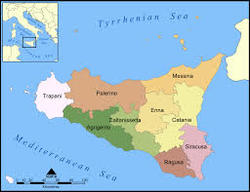 Feudo Principi di Butera’s 320-hectare estate is owned by the Zonin family. It is located in the province of Caltanissetta and extends into the ancient lands of Feudo Deliella. To quote Gianni Zonin, “I am proud that our Sicilian estate is a bastion of quality and the rural way of life, an oasis of the traditions which we want to defend”. http://www.feudobutera.it Nero d’Avola is one of the oldest indigenous grapes of Sicily. It is considered the most important Sicilian red and the most widely planted red variety on the island. The Villa Pozzi 2016 Nero d’Avola DOC is made with 100% Nero d’Avola grapes. The color is deep ruby with aromas of black raspberry, cherry, red plum and spice. This is a full-bodied wine with intense flavors of dark berries, sour cherry, fennel and hints of cocoa and sour cherry lingering on the finish. The wine is fruit forward with soft tannins and is beautifully balanced. Serve with meats, stews and lighter fare as well! Alcohol: 13% Price range: $10 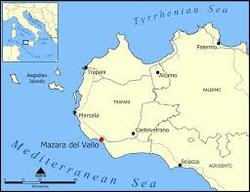 Villa Pozzi vineyards are located in the hills surrounding Marsala, Salemi and Mazzara del Vallo in northwestern Sicily. Daniele Pozzi, owner and the family’s fourth generation winemaker says, “When you open a bottle of Villa Pozzi, our hope is to transport you to a cozy Italian villa nestled in a small Sicilian town far away from the busy everyday. It’s a leisurely escape from the world outside and a journey of taste that makes any day feel special.” https://www.villapozziwines.com As I continue to make my way around the vineyards of Sicily, the quality and passion that goes into winemaking is evident in every glass of wine I taste. I’m looking forward to more “tastes of the vine from Sicily”.
Cheers! Penina To leave a comment or if you have an inquiry, please contact me at [email protected] One doesn’t need a special occasion to open a bottle of wine in my home. There are no hard and fast rules for those “special” bottles to only be opened when celebrating something momentous. In fact, my only reason for saving a special bottle of wine these days is because I just can’t bring myself to open it! I love the anticipation of drinking the wine, but once the bottle is empty, there’s no going back! But little by little, I’ve been opening some gems such as 1969 and 1989 Petrus, 1961 Chateau Haut Brion and 1983 Far Niente Cabernet. Let me be clear that a “special” bottle of wine as far as I’m concerned doesn’t always mean that it is an old or rare vintage. It might convey sentimentality, be a particular grape or blend or country of origin that makes it special to me. And so, I finally opened a wine last evening that I considered special. I’ve been hovering over this particular bottle since I received it several months ago. The occasion for opening this wine you might ask? “Just because” is my answer. Mille e una Notte is the flagship red wine of Donnafugata which is located in South-western Sicily. Giacomo and Gabriella Rallo, the founders of Donnafugata, wanted to create an iconic Sicilian red. With the help of Giacomo Tachis, enologist and “father of Super Tuscan wines”, they succeeded in fulfilling their dream. The first vintage of Mille e una Notte made its debut in 1995. The 2012 vintage of Mille e una Notte is an artistic blend of Nero d’Avola, Petit Verdot, Syrah and a small amount of other grapes. The grapes are hand harvested from Donnafugata’s Contessa Entellina Estate and other areas close by. The best grapes of the year are carefully selected and used for production. The wine spends 14 months in new French oak barriques and 36 months in the bottle. I decanted the wine for about one hour prior to drinking so that the flavors could gracefully emerge. This is a very expressive wine with seductive aromas of dark berries, plum, sweet spice, cocoa and vanilla. The palate is layered with dark fruit, prune, blueberry, pepper and hints of oak, cocoa and herbs. The wine is rich with silky tannins and is a perfect blend of flavors that complement each other. The finish is long and the wine is elegant! It paired beautifully with seared scallops and pasta with roasted cherry tomatoes, asparagus and mushrooms. This wine has the aging potential of 20 years, but I am too impatient to wait that long! Alcohol: 14% SRP $80 As with every Donnafugata label, there is a story. To quote from their website: “The palace shown on the label is the one where Queen Maria Carolina took refuge fleeing from Naples and was the favorite house of the writer Tomasi di Lampedusa in Santa Margherita Belice. Gabriella Anca Rallo –founder of Donnafugata, with her husband Giacomo- captures the image and embeds it into the sky from “Arabian Nights”, full of stars and full of promise. The strong and passionate character of this wine has inspired maître chocolatier Ernst Knam in his creation of the “Mille e una Notte with chili” pralines.” To learn more about Donnafugata and Sicily, please use the menu on the right to explore more stories.
Cheers! Penina To leave a comment or if you have an inquiry, please contact me at [email protected]  The other evening I had a craving for pasta along with the desire to be back in Sicily. To satisfy my appetite, I made delicious spicy butternut squash pasta. However, flying to Sicily was not negotiable. So I did the next best thing and opened a bottle of Sicilian wine! The pour was a 2015 Fondo Antico Nero d’Avola. I have reviewed several varieties of wine from Fondo Antico which was established in 1995 and is owned by the Polizzotti-Scuderi family, now in its sixth generation of winemaking. Indigenous to Sicily, Nero d’Avola is the most important and widely planted red grape in Sicily. It is known for its high tannins, medium acidity and robust character. However, when grown at higher elevations with cooler temperatures, the result generally leads to a smoother wine. Fondo Antico grows Nero d’Avola 200 meters above sea level on fresh soil containing limestone and sand. The wine is refined in stainless steel tanks and then bottled. The result is a fresh and juicy wine. The color of the wine is dark ruby with aromas of fresh cherries, berries and spice. The palate offers red cherry, fresh red fruit, plum, spice and hints of chocolate and pepper on a lively finish. This is a full-bodied wine with smooth tannins and lots of versatility when it comes to pairing it with food. Needless to say, the wine was a perfect complement to the spicy pasta! Alcohol: 13.5% SRP: $12-$15 Now if I could just sneak off to Sicily for a bit!
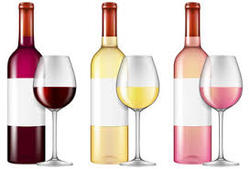 With the dog days of summer upon us, one might not be so inclined to reach for a red wine to drink as an aperitif. Most of us would probably opt for a chilled rosé or white wine. However, I decided to open a red wine to toast a few friends and the onset of evening. My selection was the perfect choice! Donnafugata’s Sedàra 2015 is a delicious Sicilian red blend made with Nero d’Avola (the primary grape), Cabernet Sauvignon, Merlot, Syrah and a small percentage of other grapes from Sicily. The color is dark crimson with an inviting bouquet of dark berries, cherry, plum and spice. The palate offers layers of dark juicy fruit, pepper and soft tannins. This is a medium bodied wine with the aging potential of 4 to 5 years. Sedàra is an easy wine to drink. And in addition to drinking well as an aperitif, it will pair beautifully with meats, pastas, fish, cheese and fruit. Alcohol: 13.43% SRP: $16 Donnafugata produces enticing wines and I am a big fan of their whimsical labels. I'm especially captivated by their stories called “Dialogue with Art”. This is what Donnafugata say about Sedàra. “This wine carries in its heart the concreteness and sweetness of Angelica Sedara, the charming Claudia Cardinale, protagonist of the film “The Leopard” directed by Luchino Visconti. The label, which refers to the cellars at Contessa Entellina and the land in which the roots of this wine are deeply planted: in the foreground the green of the vineyard, on a white background, communicates the freshness and pleasantness of this wine and its most recent evolution.” To read more about Donnafugata wines and the indigenous grapes of Sicily, check out my stories from this past May.
Happy Friday! Cheers! Penina To leave a comment or if you have an inquiry, please contact me at [email protected] Perhaps my use of the term “magical” is played out, but I can’t seem to come up with a better description of the three days I recently spent as a guest of the Rallo family of Donnafugata in Sicily. This is not my first story about Donnafugata and their delicious wines, but it is my first visit to their wineries and vineyards at Contessa Entellina, Marsala and Pantelleria. With a family history of making wine dating back to 1851, Giacomo Rallo (fourth generation) and his wife Gabriella created Donnafugata in 1983. Giacomo, who sadly passed away in May 2016, is considered a pioneer of a new generation of modern winemaking in Sicily, seeking a quality-based approach to winemaking and promoting the island’s cultural heritage. His wife Gabriella is a pioneer in her own right, being the inspiration and author behind most of the Donnafugata labels. The labels are quite whimsical and pay homage to various works of art and literature. The name Donnafugata means “woman in flight” and refers to a piece of literature called “Il Gattopardo”. The story is about a queen who found refuge in the part of Sicily where the company’s vineyards are located today. This image and logo capture the very essence of Gabriella. In 1990, their children José and Antonio joined them at Donnafugata with José as head of management control & communication and Antonio as a dedicated agronomist, winemaker and head of the Consorzio Sicilia DOC. Together, the Rallo family has dedicated themselves to eco-sustainable management, biodiversity and paying special attention to their carbon footprint. My adventure began at Contessa Entellina along with three other journalists. In addition to seeing José Rallo again and meeting her spirited team of Baldo and Laura, I had the honor of being introduced to and spending time with Gabriella Rallo. After a lovely dinner and much needed sleep, we were ready to begin our tour of the vineyards the next day. Contessa Entellina is located in the heart of western Sicily. It is comprised of 270 hectares of vineyards and a 9 hectare olive grove. In addition to growing many indigenous grape varieties such as Ansonica, Grillo and Nero d’Avola, several international varieties are grown here as well. Grapes like Cabernet Sauvignon, Merlot, Chardonnay and Viognier are conducive to the climate of the Mediterranean. We had an in-depth tour of the vineyards led by Antonino Santoro, Donnafugata’s winemaker. He explained the pruning methods used, the more common being the spurred cordon pruning (leaving 6 to 10 buds per plant) and pruning with Guyot training which limits the vine’s lignified growth to the trunk. The vines grow in clay loam soil, which gives the grapes their unique characteristics. A slide show is below. In addition to our tour, we had the opportunity to sit with Antonino and José to taste the 2016 Anthilia and Sur Sur, the 2015 Vigna di Gabri and Sherazade and the Tancredi 2006 and 2012. All the wines were very good, but I especially enjoyed the Anthilia which is predominantly Catarratto grape. It has a beautiful fruity bouquet with a palate of stone fruit, soft citrus and the sea. The Vigna di Gabri is primarily Ansonica grapes. It has great intensity blended with herbal and citrus notes and a burst of floral on the finish. This is a wine that Gabriella wanted to create, believing in the “full-flavored fragrance” of Ansonica. This is a delicious wine! We had a delightful lunch outside while enjoying the beauty around us. A bottle of Kabir was opened at the end of the meal. This is a naturally sweet wine made with Zibibbo grapes, which I will be discussing when we land in Pantelleria. The wine is very aromatic with floral, citrus and stone fruit and herbs that carries over to the palate and is beautifully balanced. After lunch, I walked around the property with Gabriella as she proudly pointed out all the trees and bushes that she personally planted so many years ago. My admiration for her definitely accelerated! As you go through the slide show, I think you’ll see why. Before we said our good-byes to José, Gabriella and Antonino, José, who is also an accomplished singer, sang a little song for her mother. It was a very special moment. Here is the video… The other journalists and I departed with Laura and Baldo for our next stop to the ancient family cellars in Marsala where the bottling and aging process take place. On our way there we did a little scenic sightseeing and stopped at the Salt Pans located between Trapani and Marsala. These are Europe’s oldest salt marshes. In the photos, you can see the windmills that are used to drain the water from the pans. When we arrived in Marsala, we had just enough time to check into the hotel, freshen up and enjoy a complimentary glass of Marsala before heading to the Aging Winery with Baldo for a vertical wine tasting and dinner. When we arrived at the winery, we were met by Pietro Russo, winemaker. The historic cellars date back to 1851. It is a typical baglia layout with a dramatic courtyard. Wines produced at Contessa Entellina and Pantelleria are brought here for aging and bottling. The aging process takes place in steel, cement and wood (French oak). The underground barrique cellar was built in 2007 and is carved out of the tuff rock allowing for a reduction in the use of energy to maintain desired temperature and humidity. Tuff rock contains debris (ash) from volcanic eruptions. A slide show and video of the winery and cellar are below. This is a video of the underground Barrique cellar. Pietro led us through a vertical tasting of Chiarandà 2014, 2005 and 1996, Mille e una Notte 1996, 2008 and 2012 and Ben Ryé 2008 Limited Edition. The Chiarandà 2014 is made with Chardonnay grapes, whereas the 2005 and 1996 are made with Chardonnay and Ansonica grapes. The 2014 had more “fresh” fruit and was balanced with herbs and nice minerality. The 2005 was less fruity and more herb dominant. The 1996 Chiarandà had lost its edge, but there were still subtle notes of herbs and hints of muted fruit. The Mille e una Notte is made with Nero d’Avola and a small percentage of other grapes. The 2012 has a heady bouquet of lush fruit and spice. The palate offers layers of fruit with soft tannins and a long finish. The 2008 offers fresh cherries, spice and herbs. A touch of Syrah adds the softness and Petit Verdot rounds it out with medium tannins and licorice. The 1996 Mille e una Notte was showing its age. The color was leaning towards red/rust and the nose was indiscernible but fruit was present. The palate offered soft tannins, herbs and fruit. It was very drinkable! The Ben Ryé 2008 Limited Edition is made with Zibibbo grapes and is aged at least six years in the bottle before release. This naturally sweet wine embraces the palate with apricots and floral. It is rich and elegant as all the wines were that we tasted. Below is a slideshow of the vertical tasting and a sampling of our dinner that followed. The next morning we assembled in the hotel lobby at 7 am to catch a flight to Pantelleria Island. Baldo and Laura were our guides for the day. Below is a slide show of Pantelleria taken from plane. Pantelleria is a volcanic island situated between Sicily and Africa. It is about 35 miles from Tunisia. Donnafugata has a winery and 68 hectares of vineyards that are spread out over 14 districts. The districts differ in soil, altitude, exposure and age of plants. Zibibbo (Moscato d’Alessandria) is the wine variety grown. The name zibibbo comes from the Arabic “Zibibb” which means dried grape. Some of the plants are more than 100 years old. The vines are cultivated by hand, planted in a basin and trained to grow low and horizontally on terraces bordered by dry-built lava stone walls. This system of planting allows the vines to withstand the wind on the island. The soil is sandy and originates from lava, thus the term “volcanic soil”. Zibibbo is harvested for a whole month beginning in mid-August. The best clusters are laid down in the sun for drying. In September, the grapes are picked for use in making Kabir, Ben Ryé and Lighea that are made here. The winery is located in the Khamma district of the island in a natural amphitheater of 13 hectares of terraces. In addition to grapes, Biancolilla olives, capers and figs are grown. Lava stone can be seen throughout the island and there are many miles of stone wall on the winery property. Rain barrels collect water, kept in water tanks and are used to irrigate. We toured the winery and vineyards including a special vineyard with vines that are over 100 years old. The Giardino Pantesco was a special treat to see. It is a circular fortress made from lava stone that protects the most beautiful orange tree from the micro-climatic conditions of the island. We also visited other districts including the experimental vineyard in Campo Barone. The slide show below depicts various districts of the island and a few scenic moments. In addition to visiting the vineyards, Laura and Baldo took us on a little sightseeing adventure. We stopped at Lago di Venere, which is the crater of a former volcano. It is a popular spot for swimming, mud bathing and is known for its healing qualities. Sese del Re was intriguing. It is a 5000 year old monument constructed of rocks of lava with sepulchral chambers within. And no…I didn’t venture inside! We also saw the Elephant’s Arch, a rock formation that leads from the town of Tracino and out to sea. It looks like an elephant’s trunk dipping into the sea. The view is breathtaking! We ended the day with a leisurely lunch at La Vela, a wonderful seaside restaurant in Scauri Scalo resort. Of course, drinking Donnafugata wine complemented the meal! It was a perfect ending to a glorious day! Tired but happy, we boarded the plane back to Marsala where José was waiting to take us to a farewell dinner. My gratitude and a big thank you go out to the Rallo family for inviting me to be a part of the world of Donnafugata for a few days. Donnafugata produces high quality and elegant wines that express not only the uniqueness of the soil and climate of Sicily, but the wines also reflect the passion and dedication that goes into each bottle. I quote from their website “Every bottle of Donnafugata is a tale filled with emotion, a sensory fabric perceived in the mouth that remains in the heart and mind.” The next time you’re in a wine shop, pick up a bottle of Donnafugata wine and pour a little “Sicily” and “magic” into your glass. Saluti!
Penina |
Categories
All
|

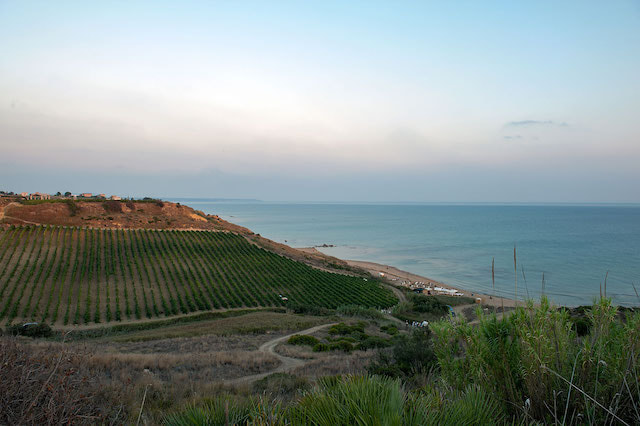
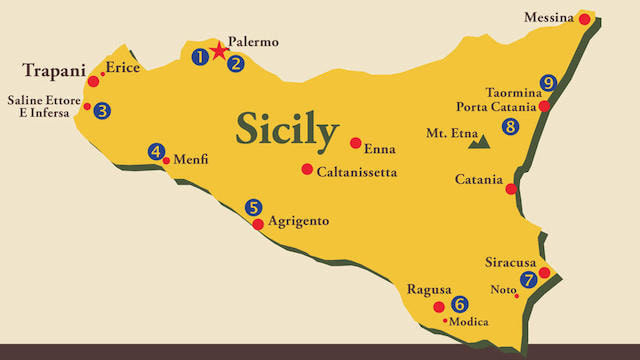
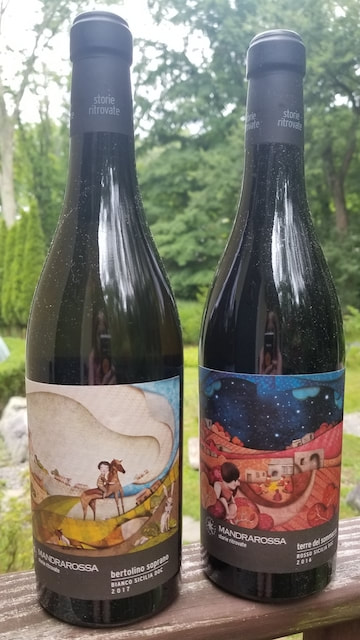
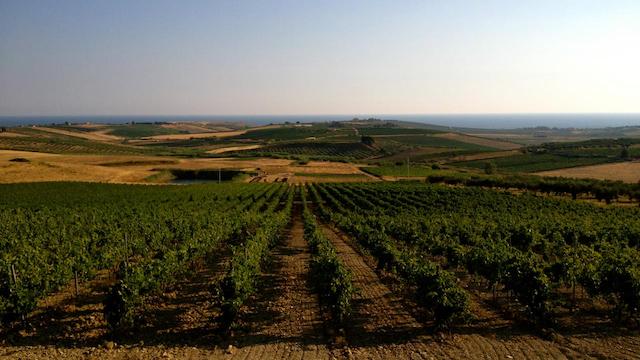
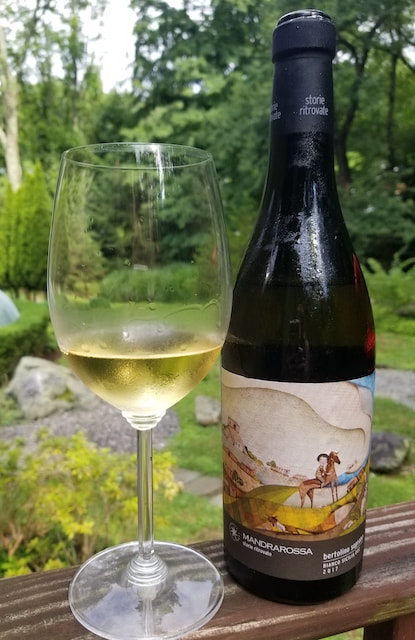
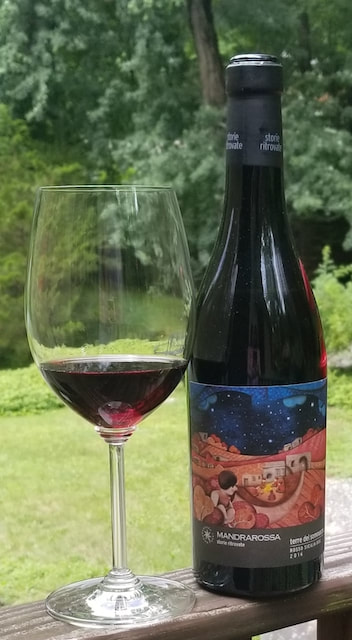
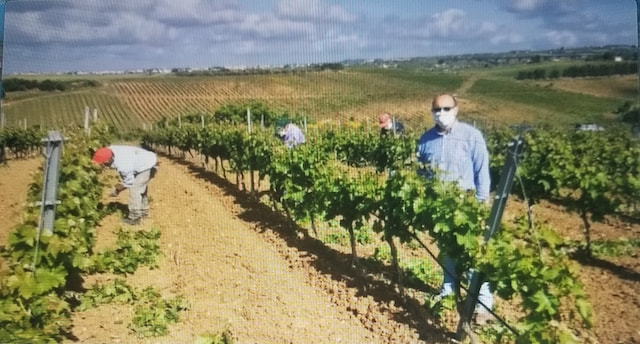
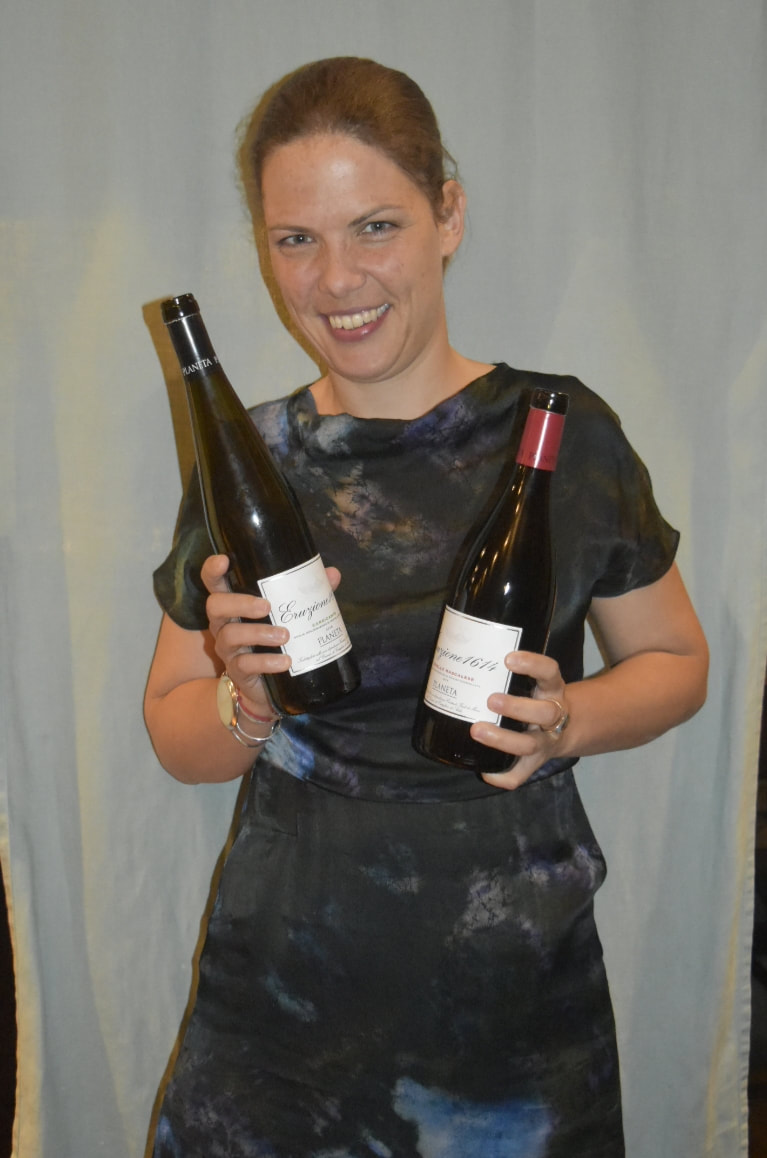
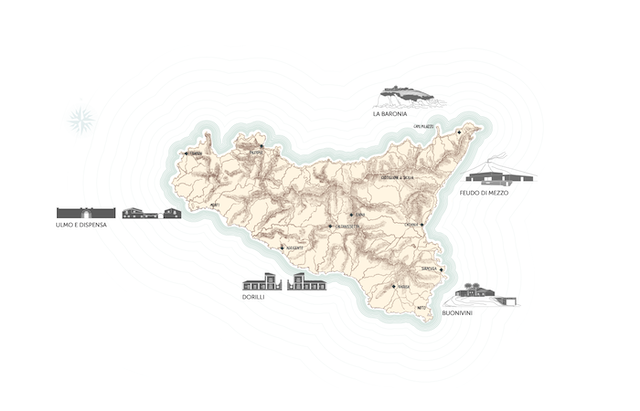
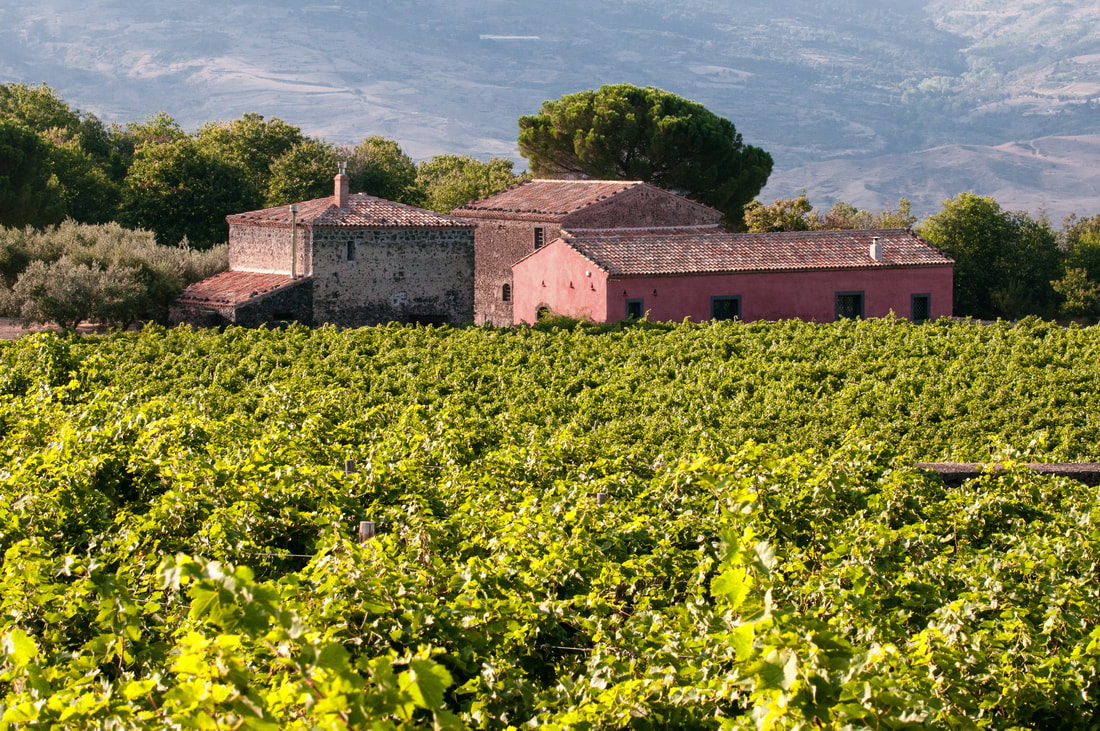
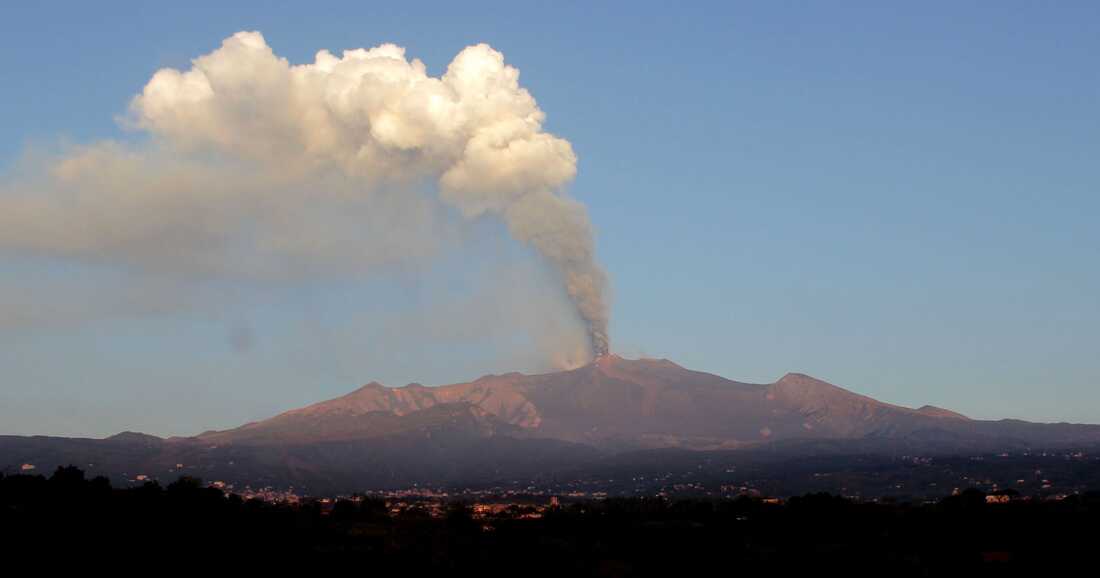
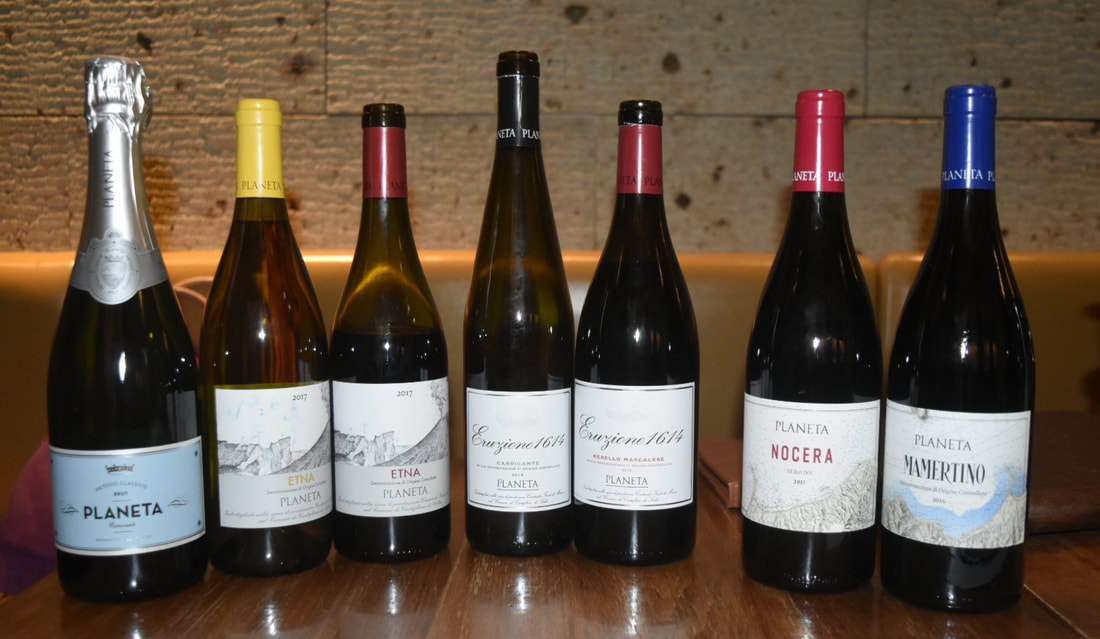
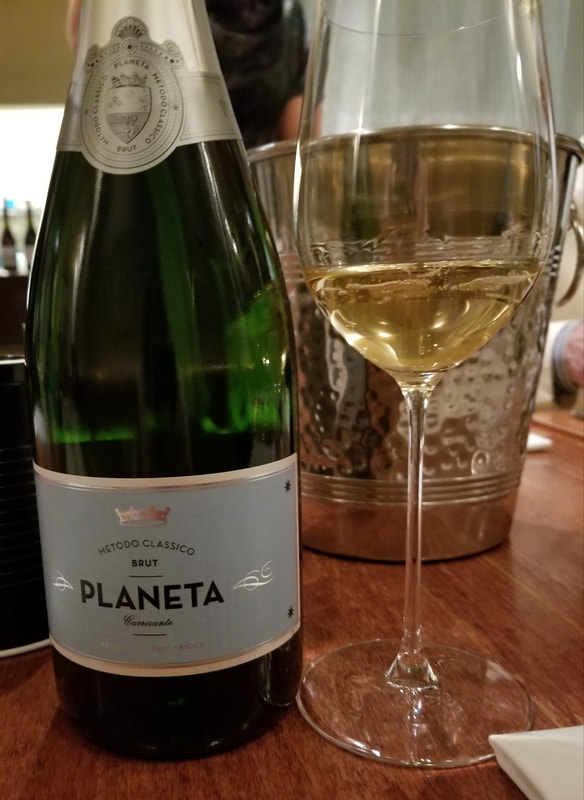
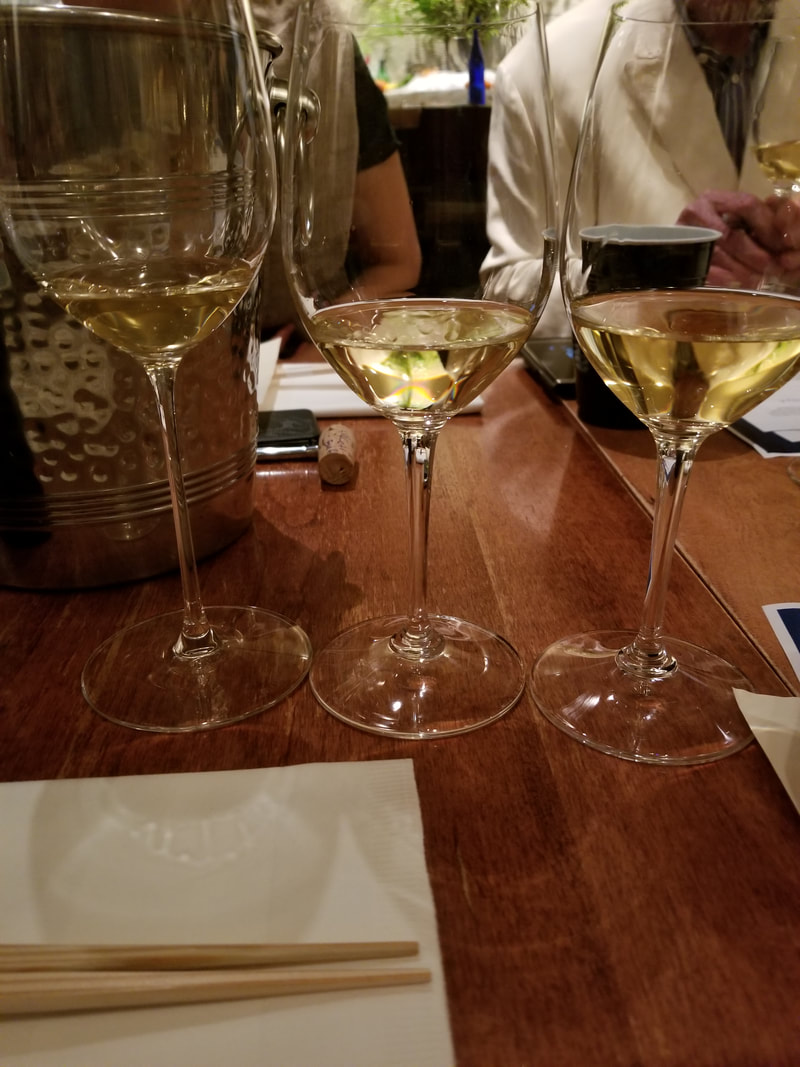
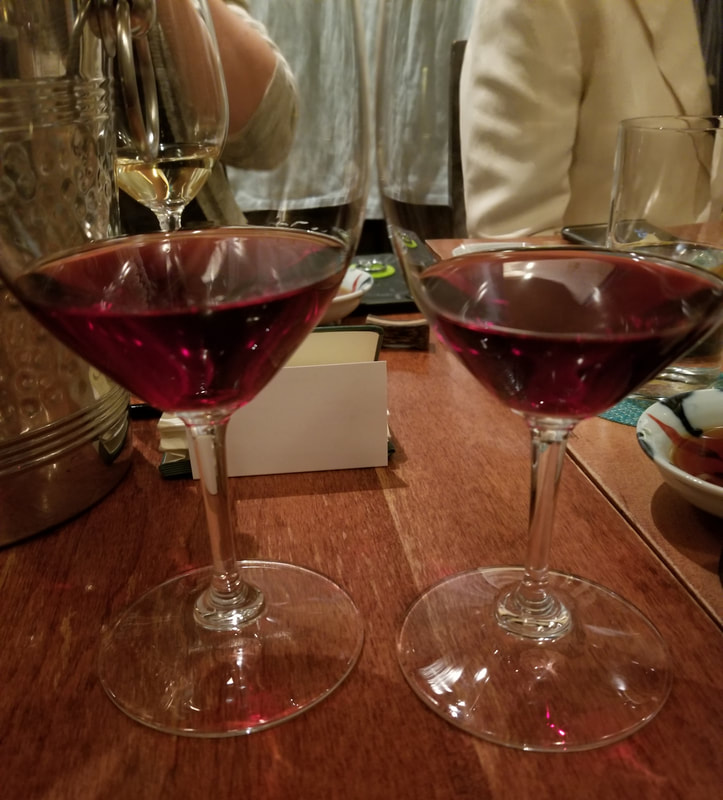
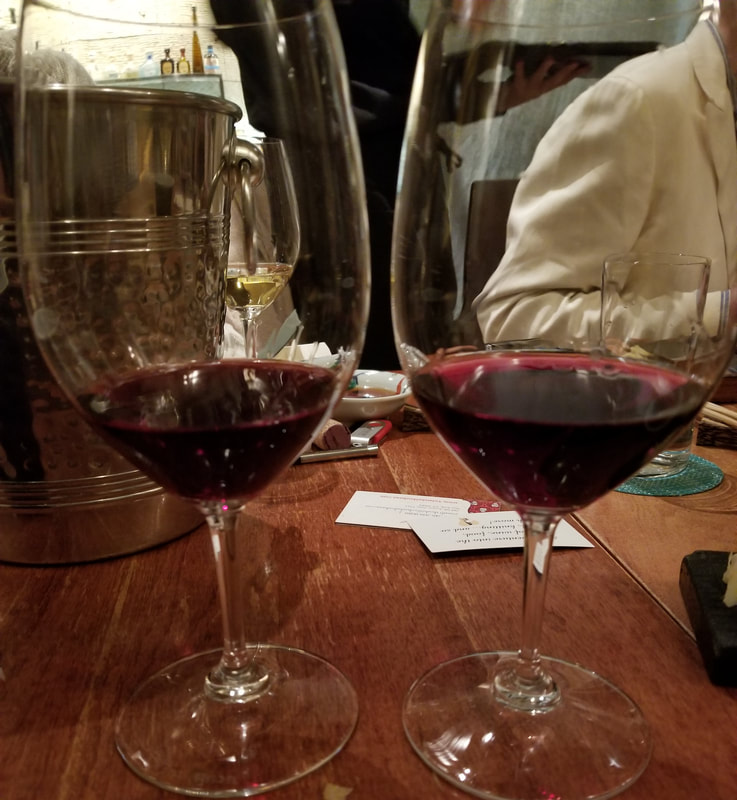
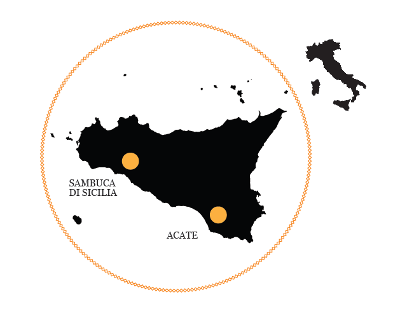
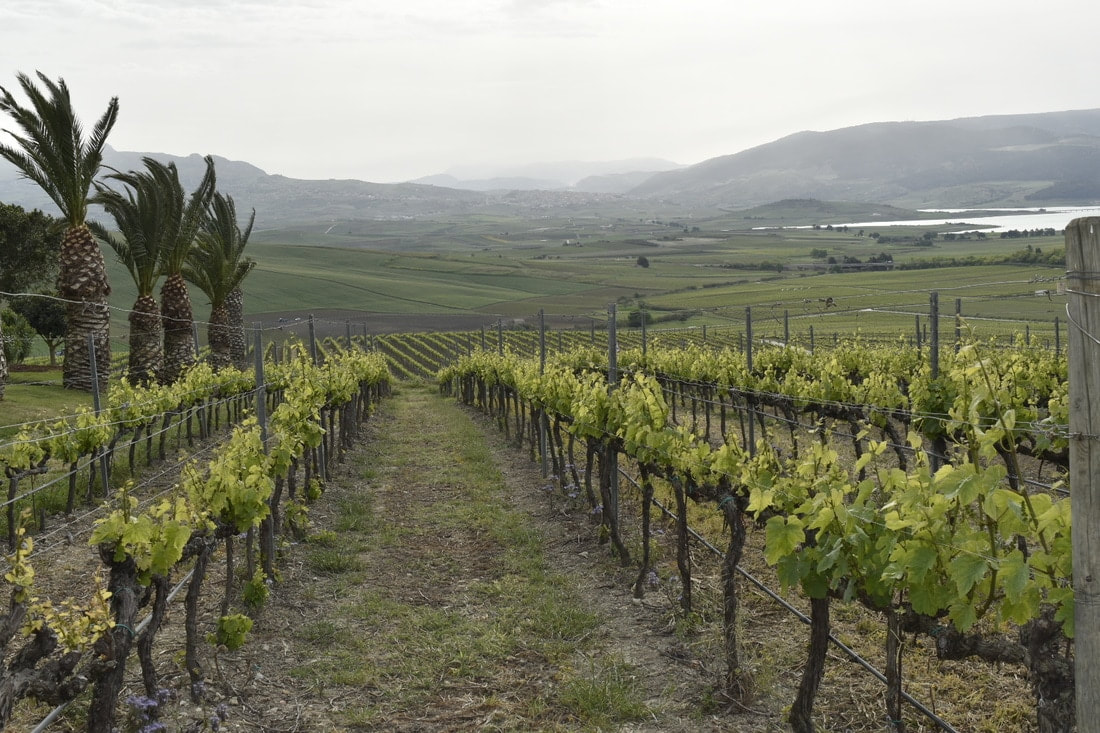
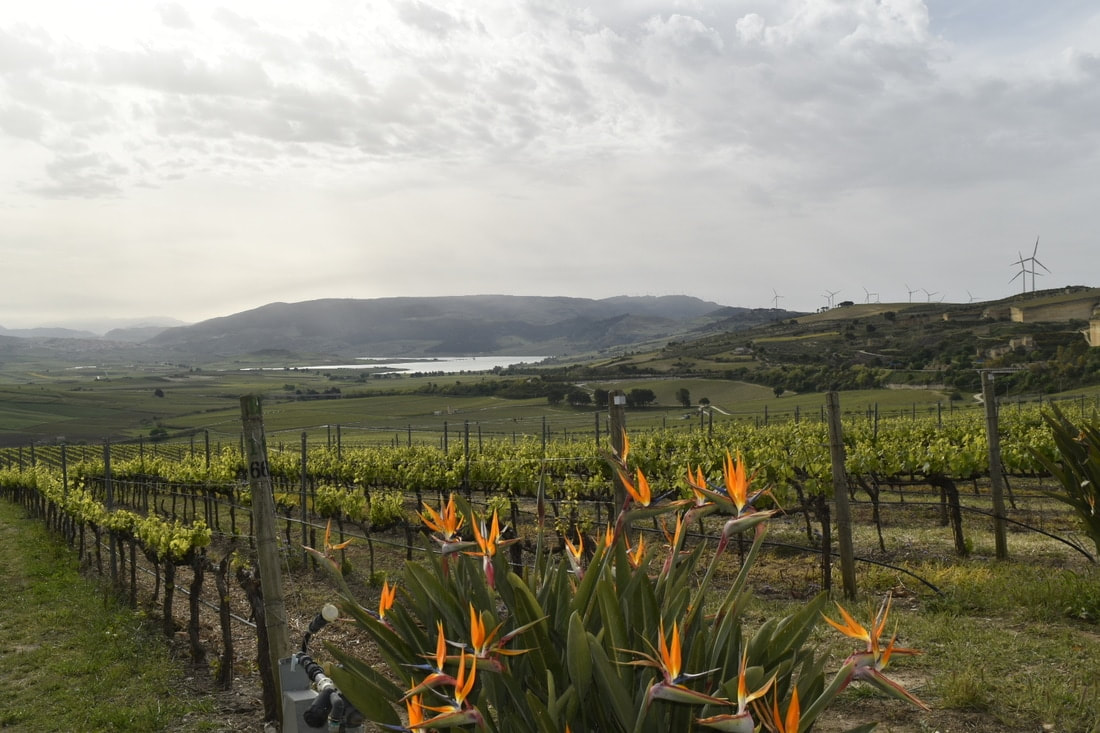
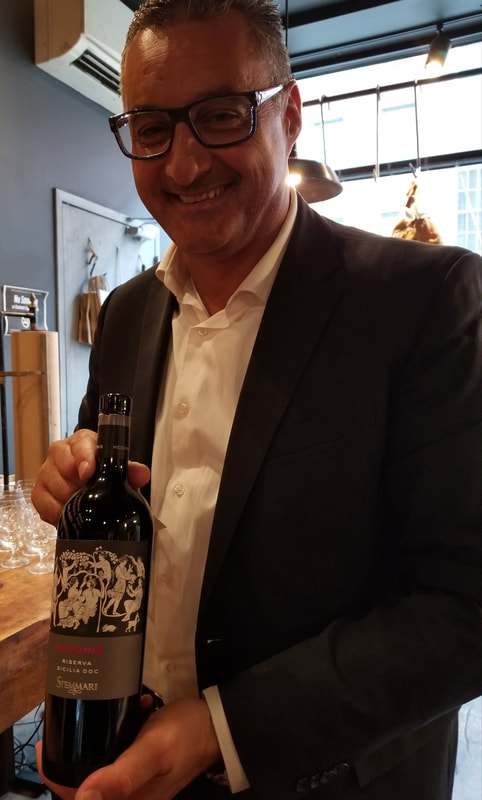
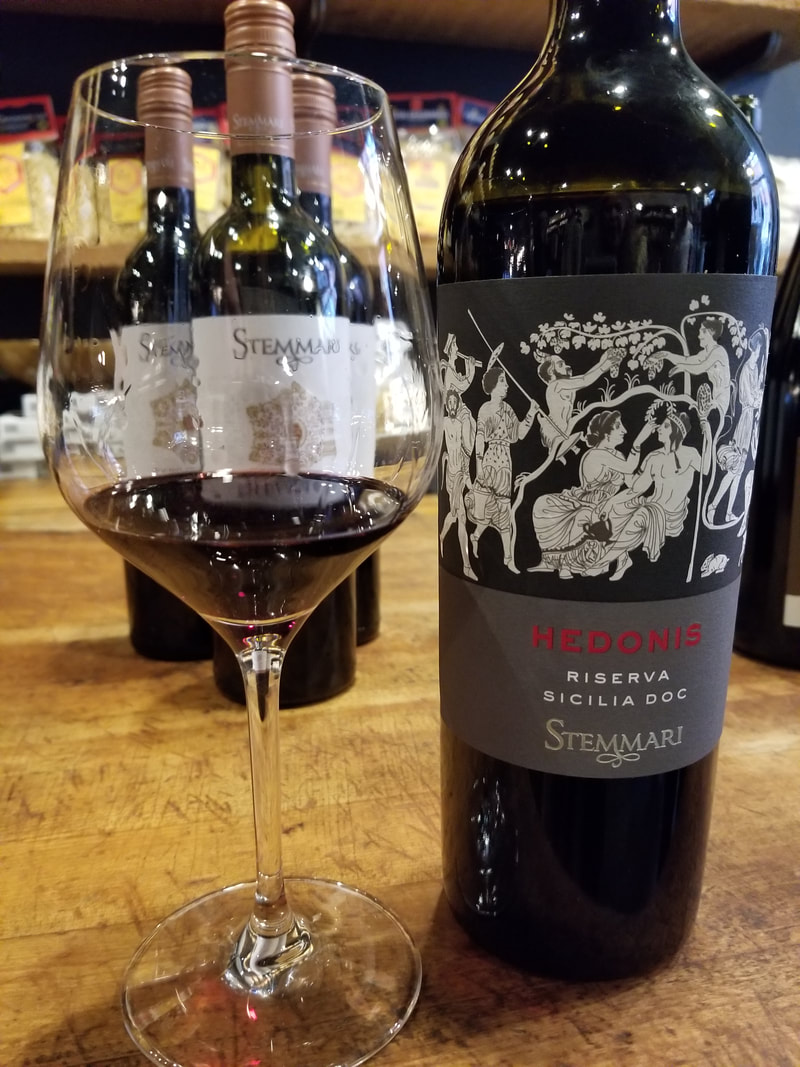
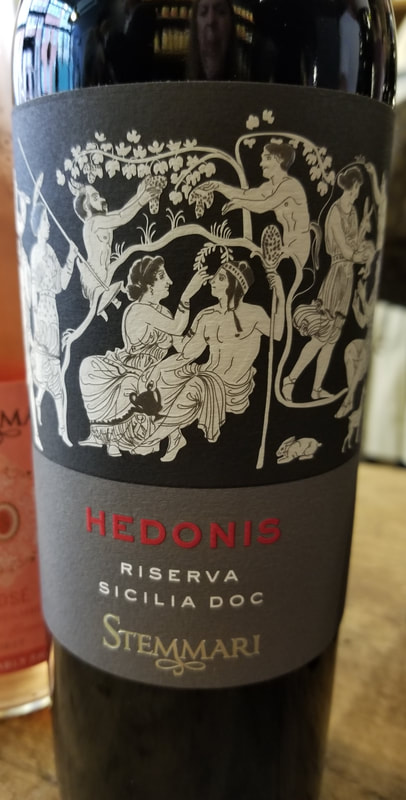
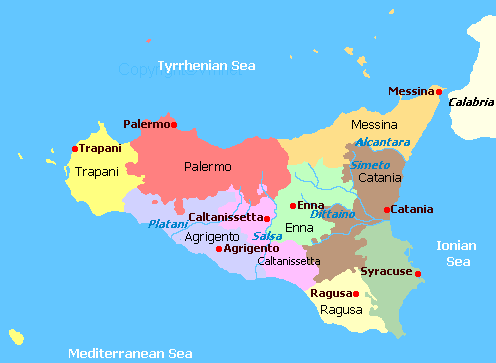
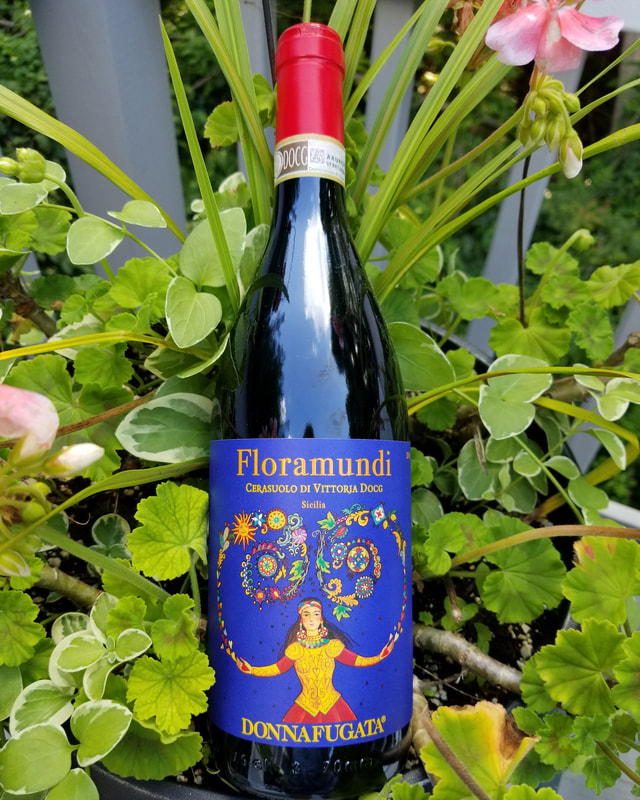
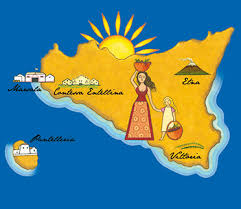
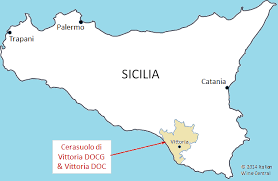
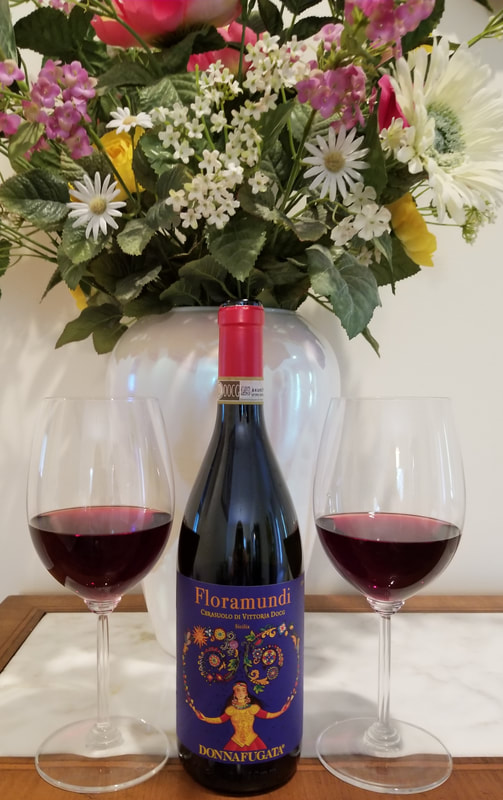
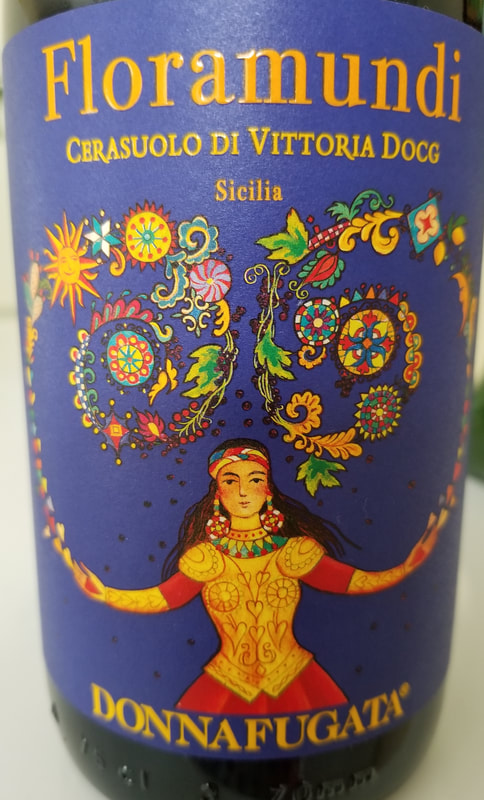
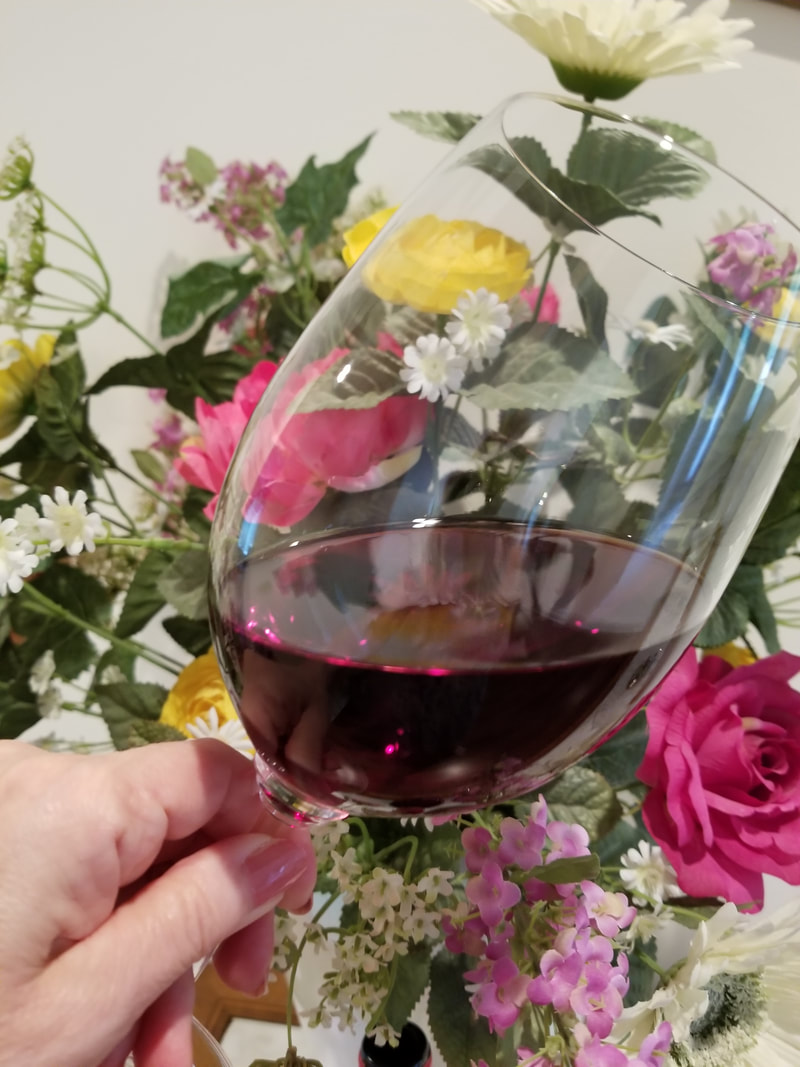

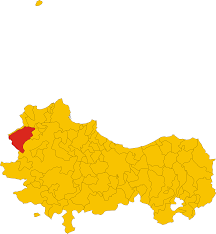
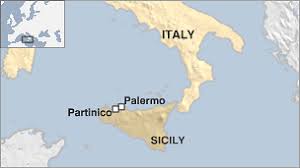
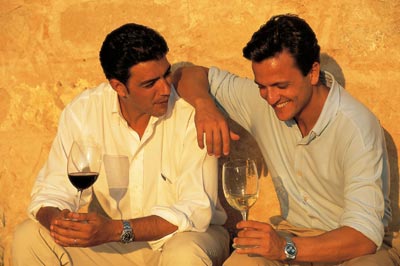
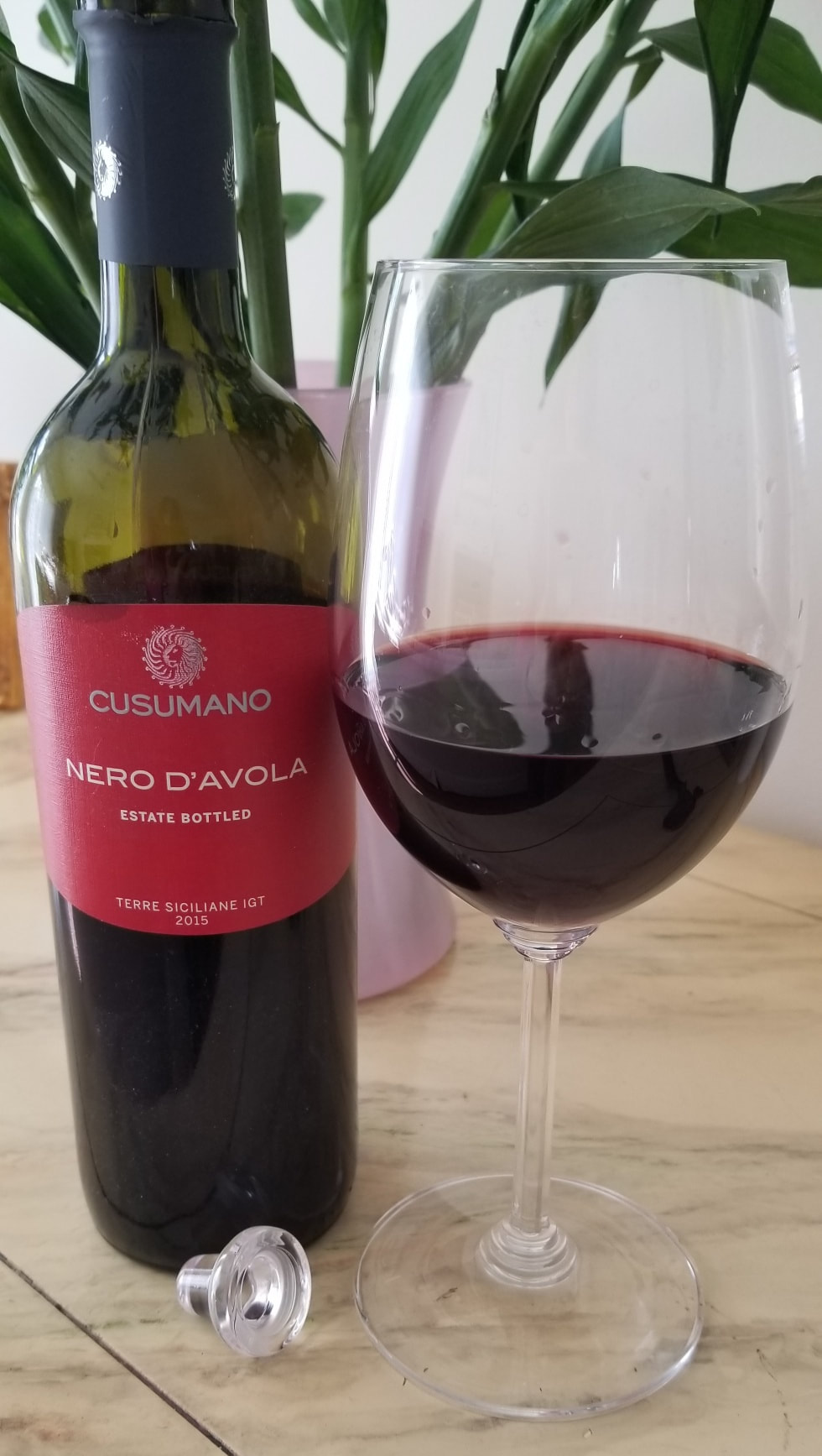
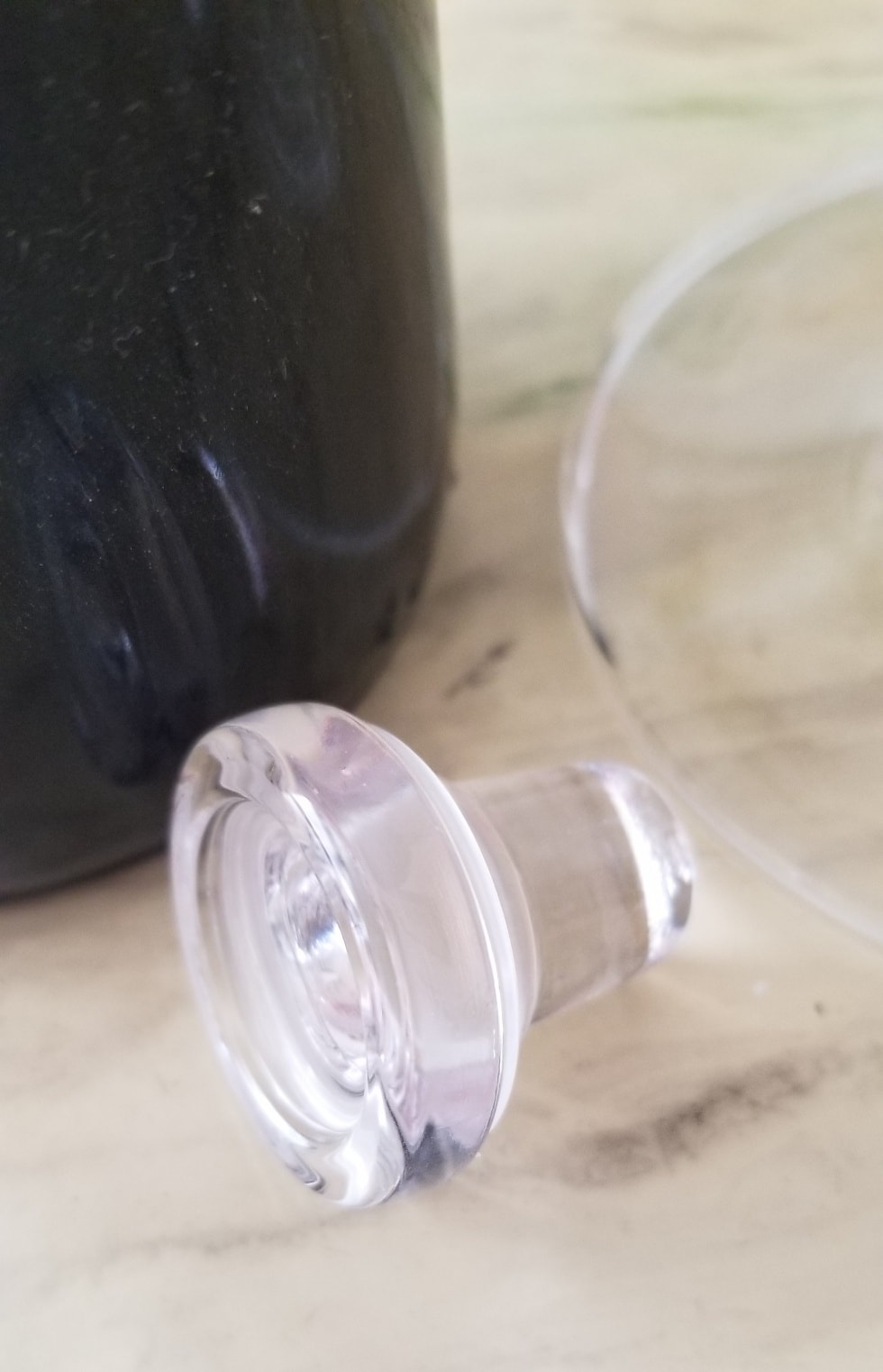
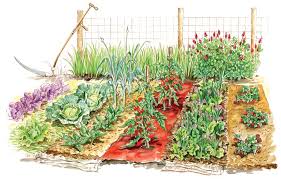

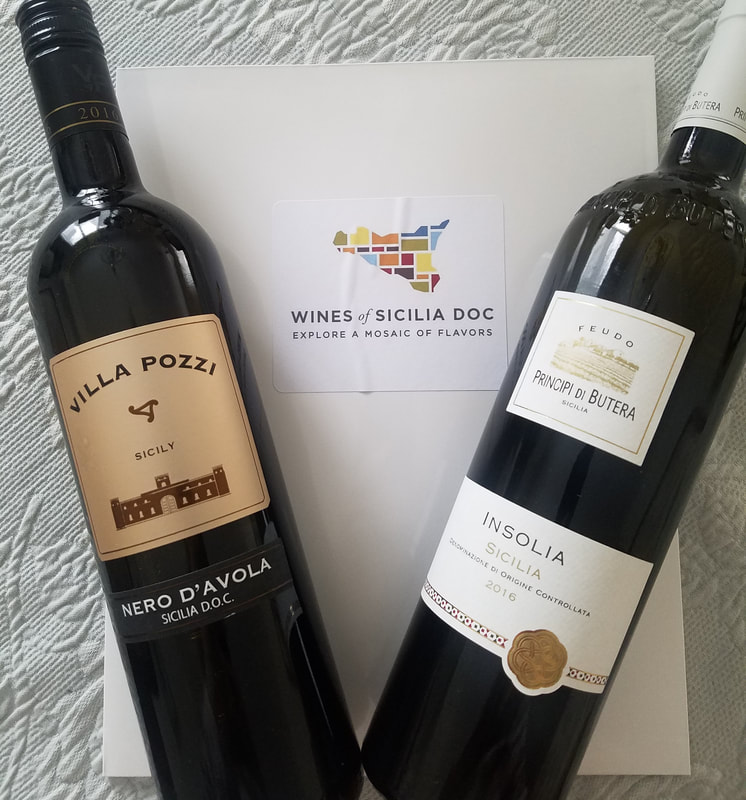
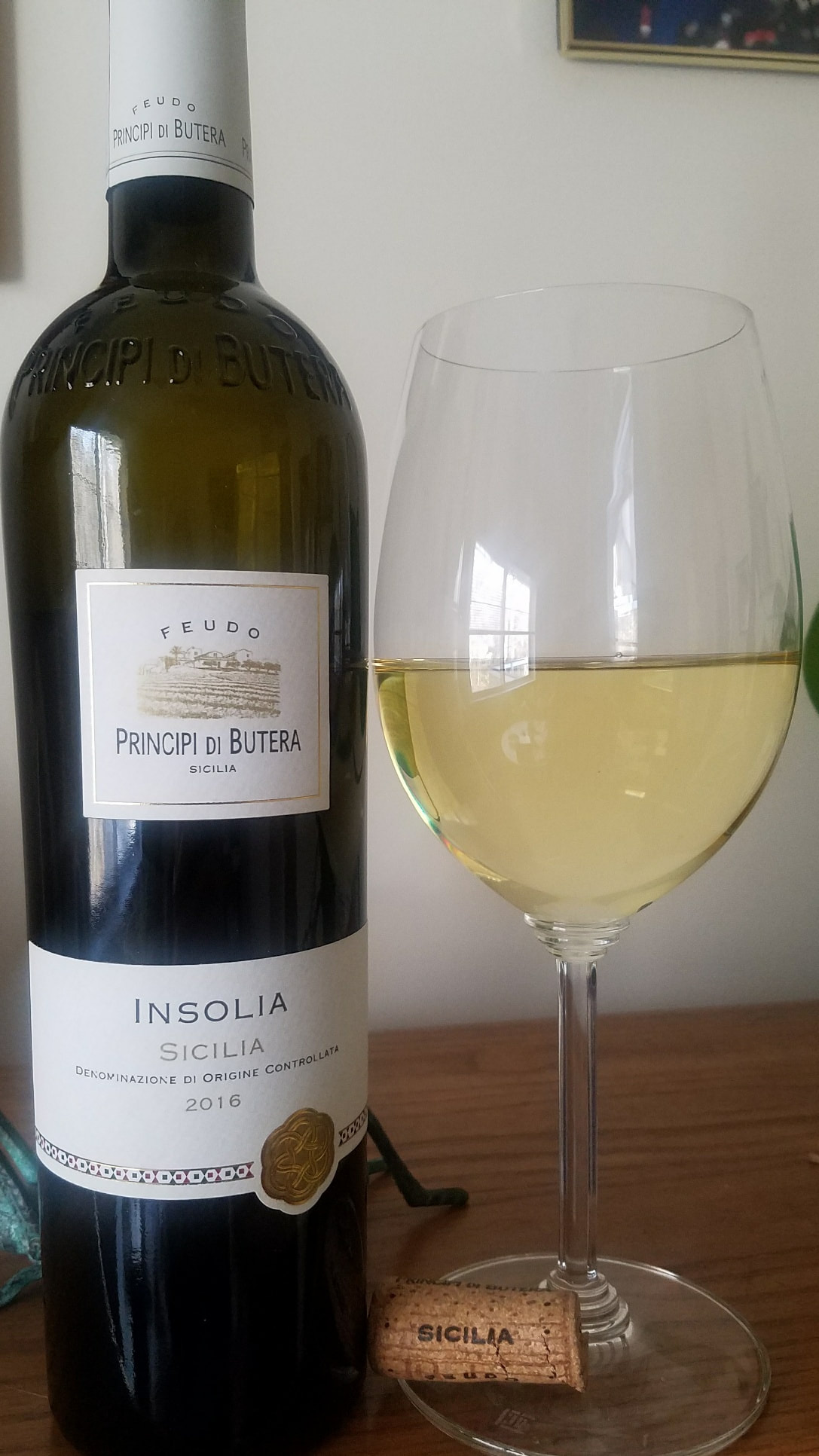
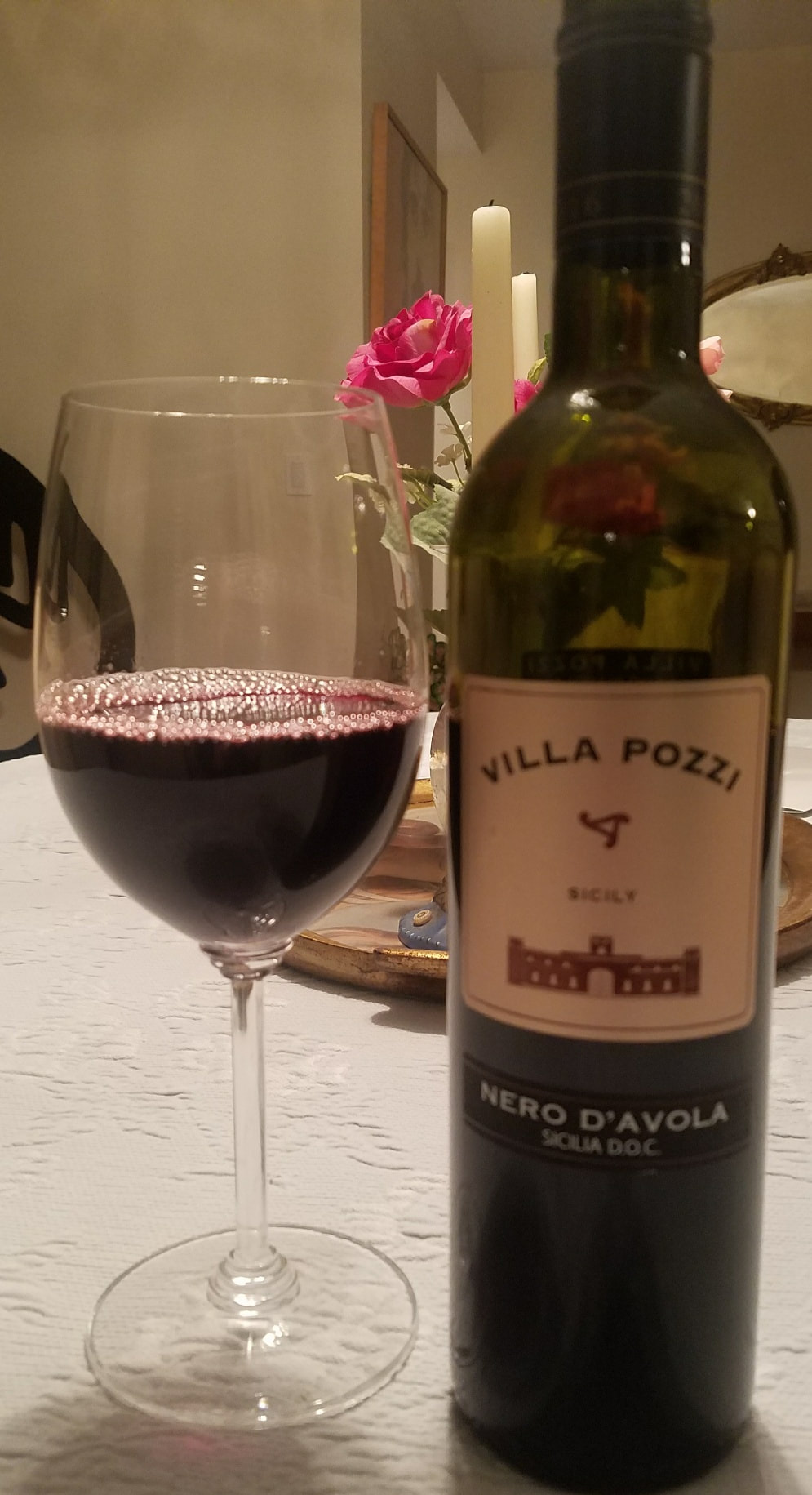
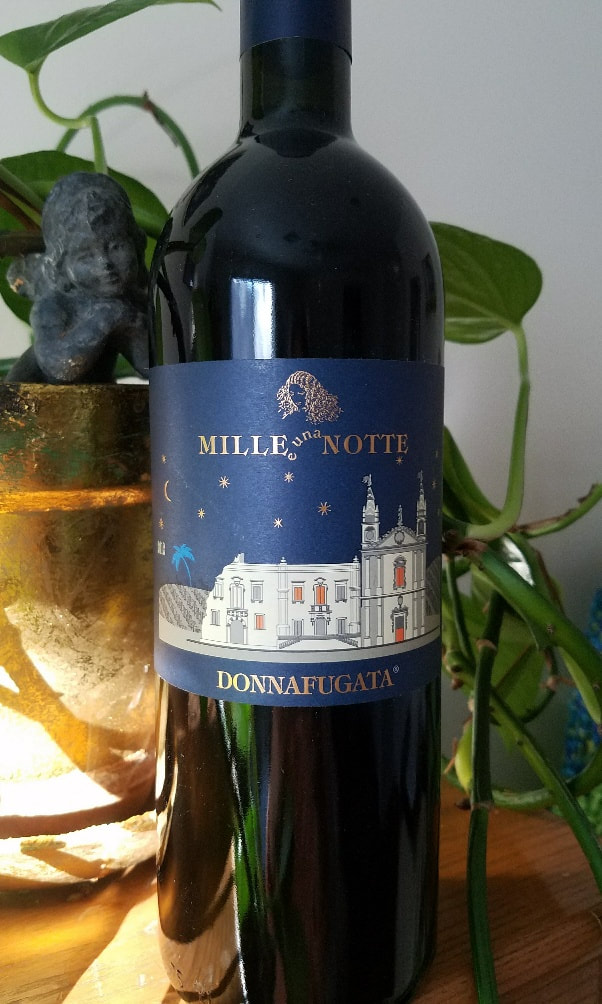


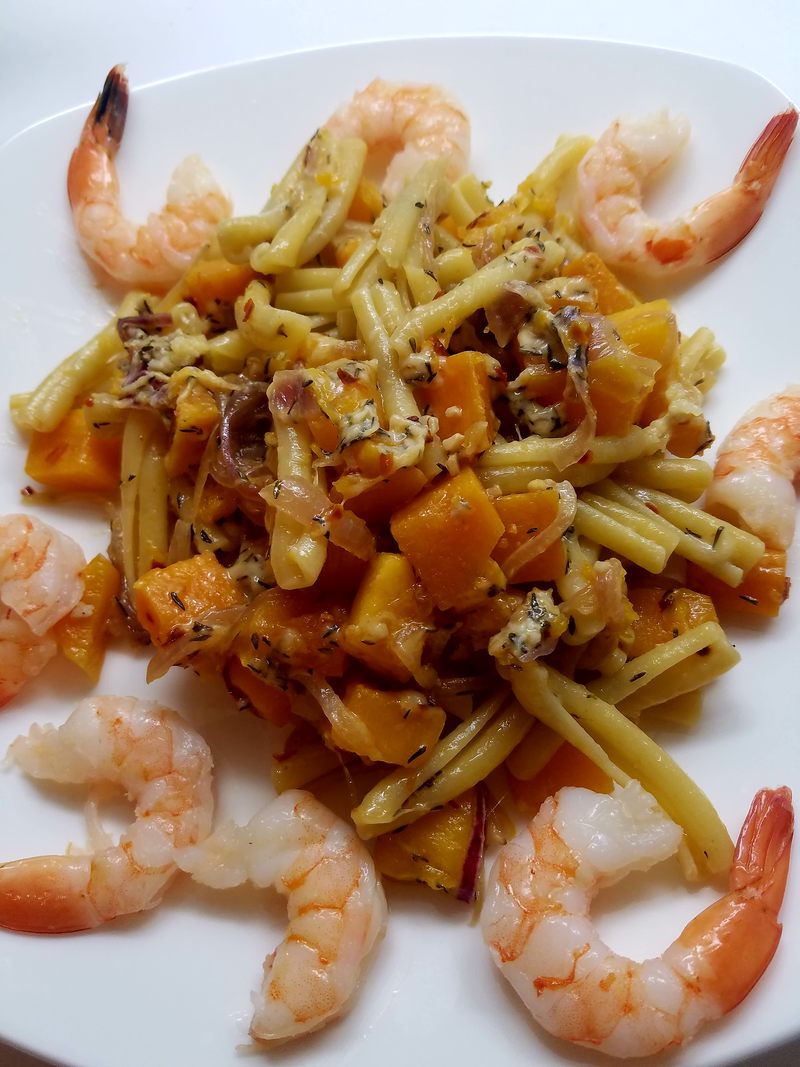
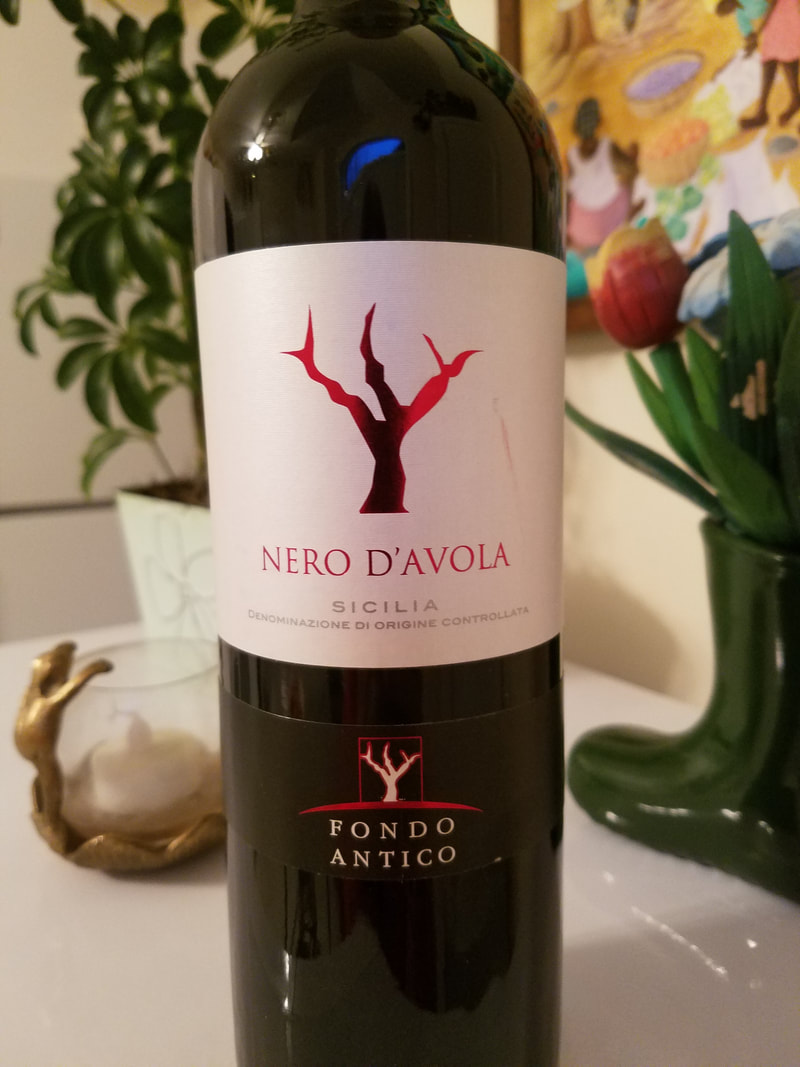
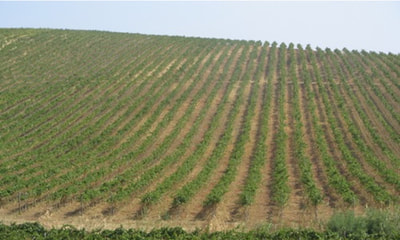
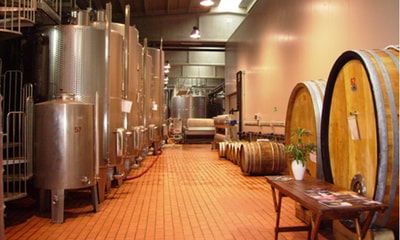
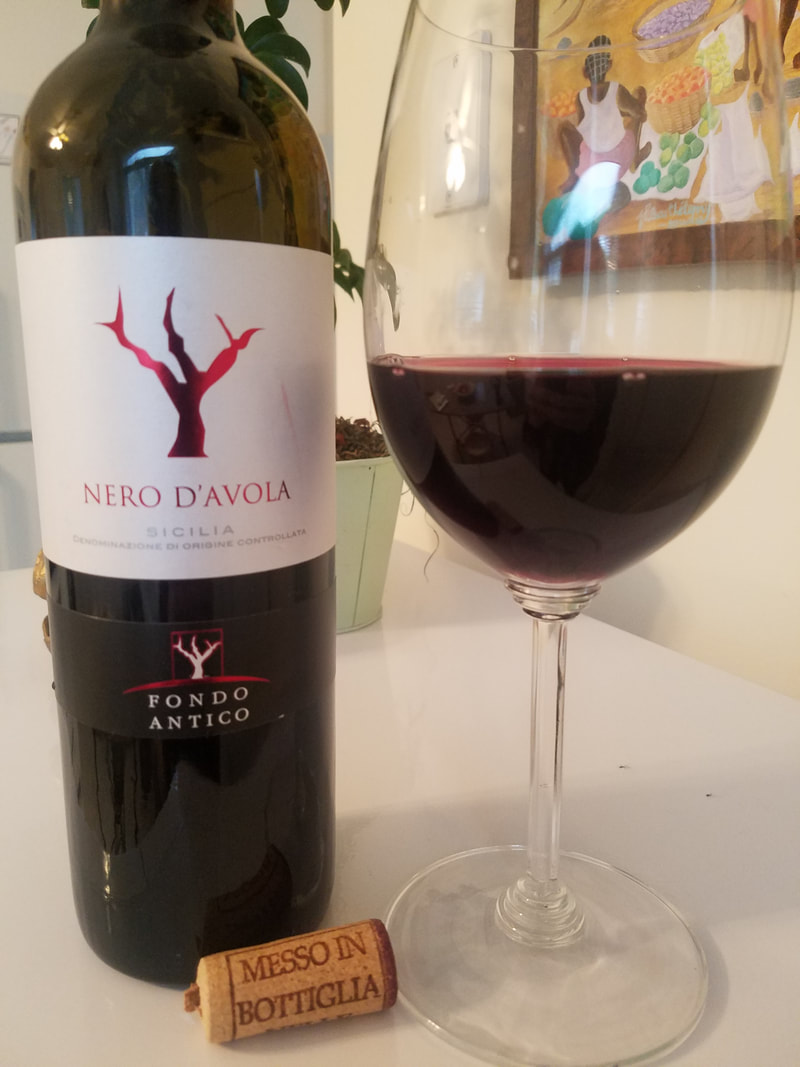
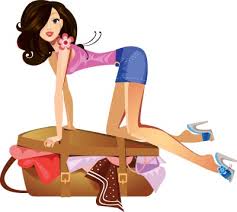

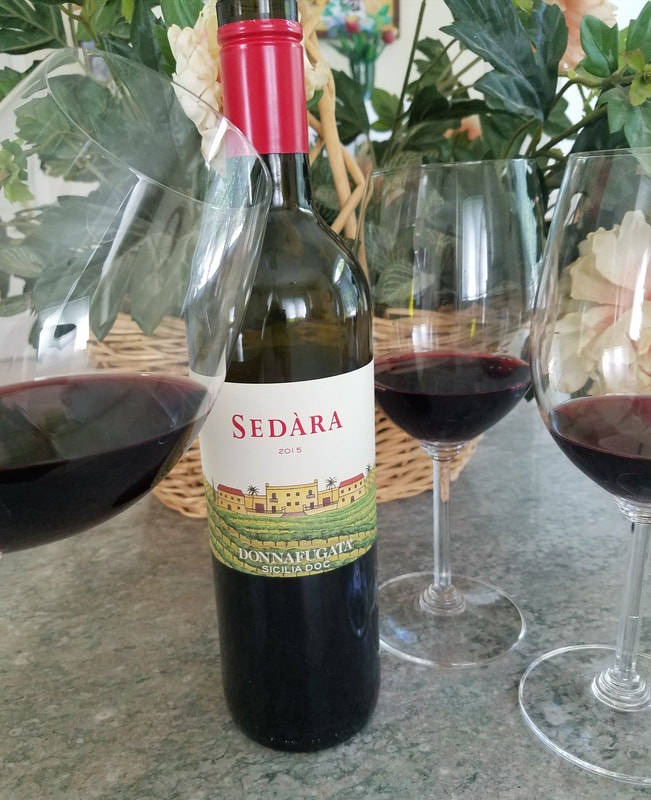

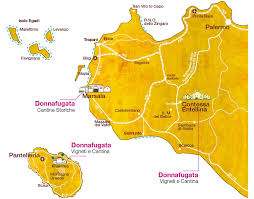
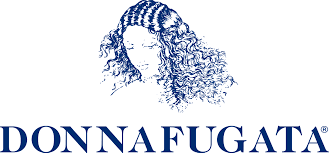
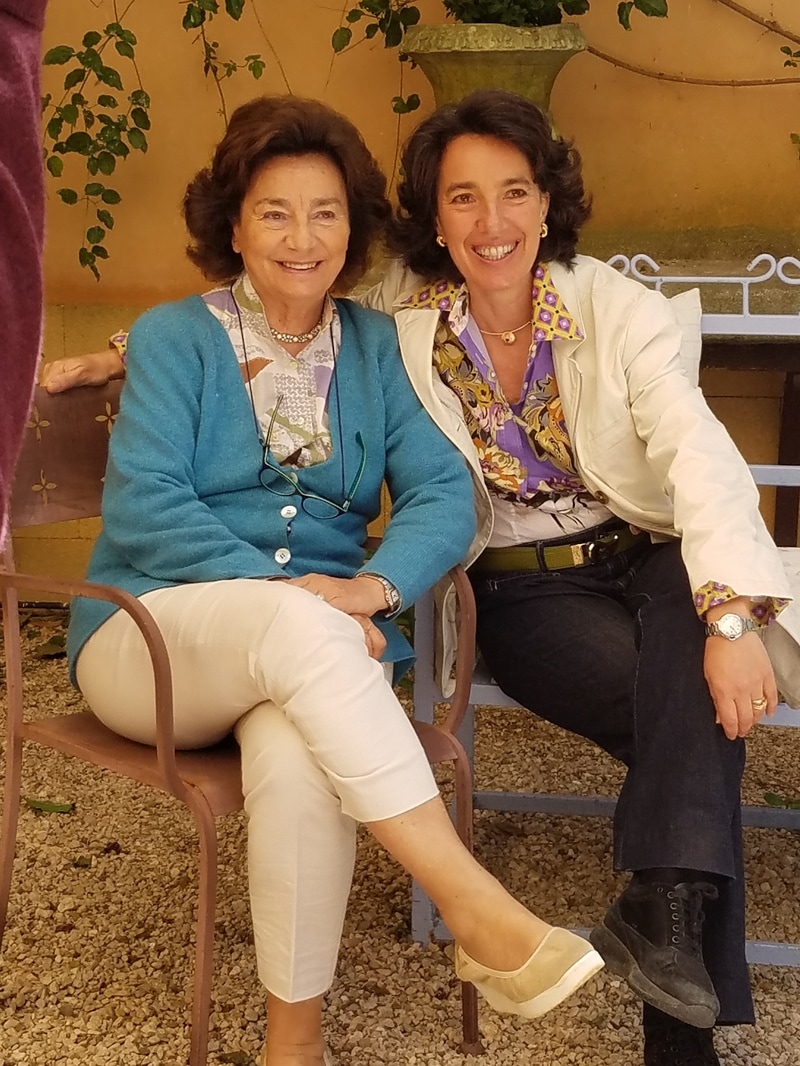
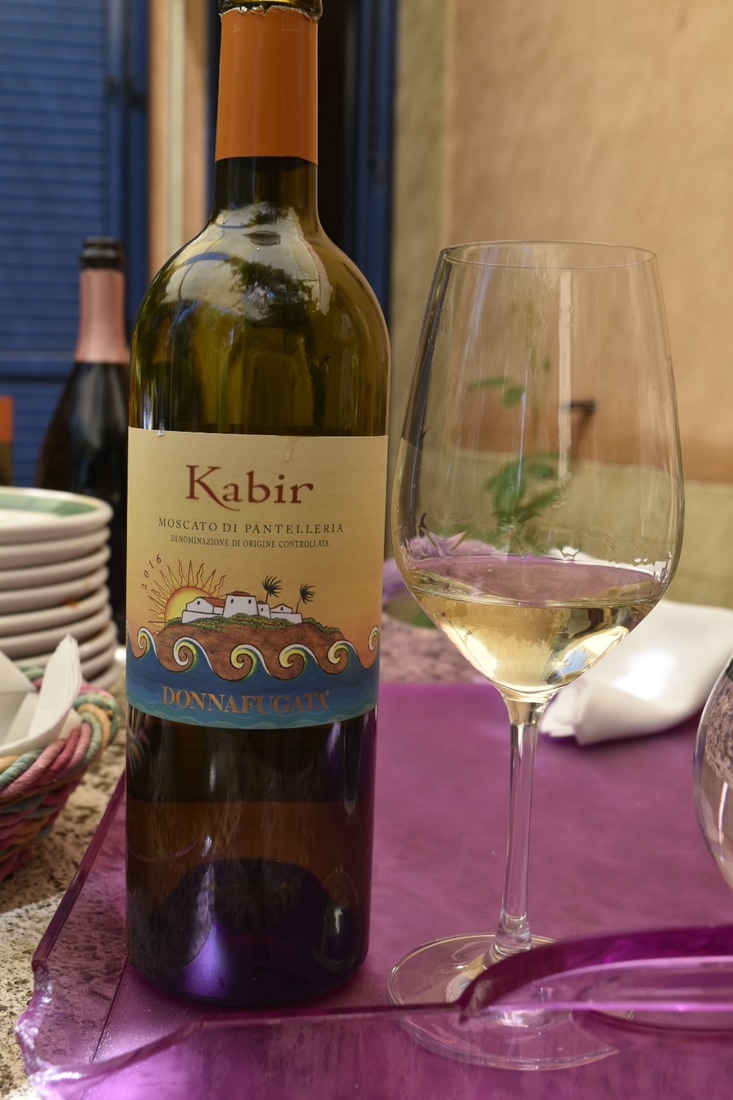
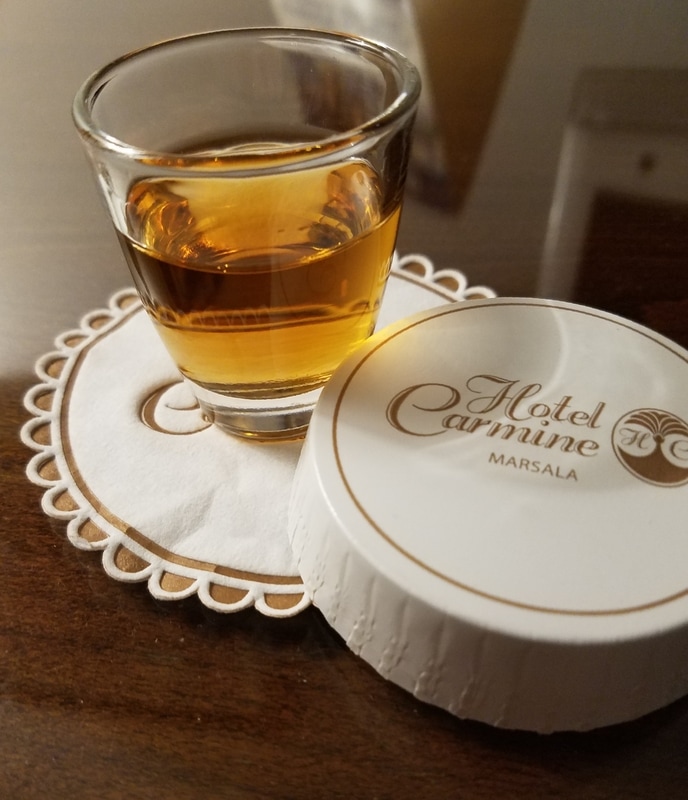
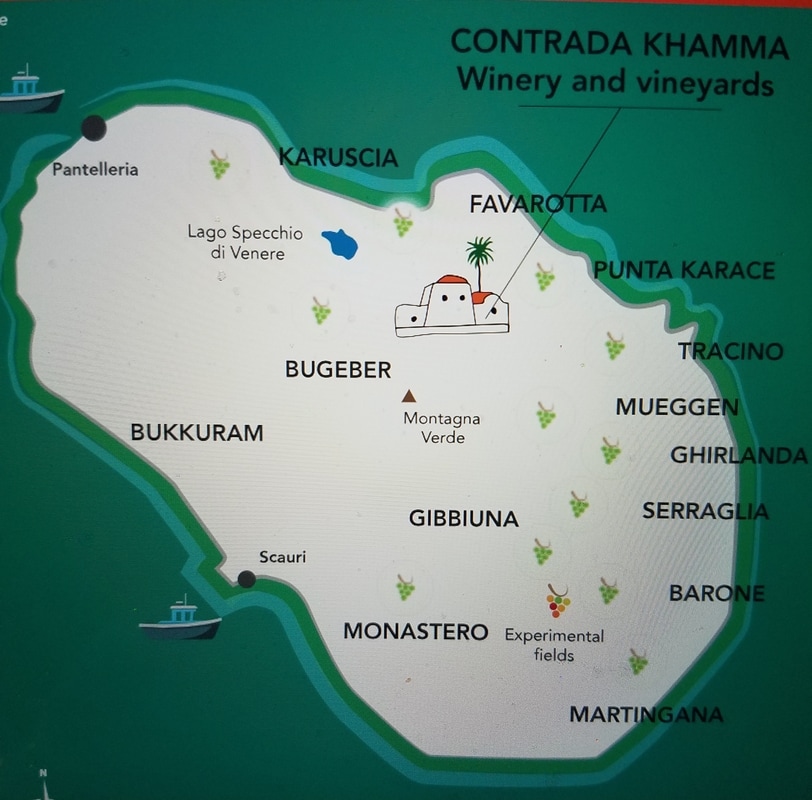
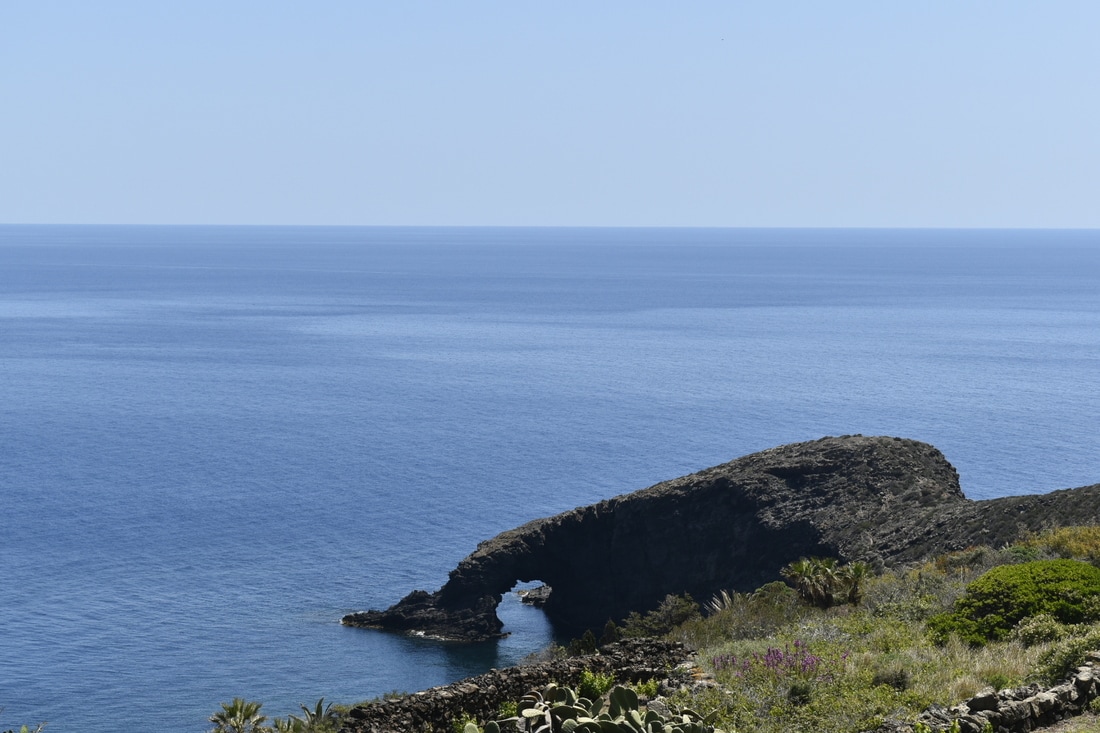
 RSS Feed
RSS Feed